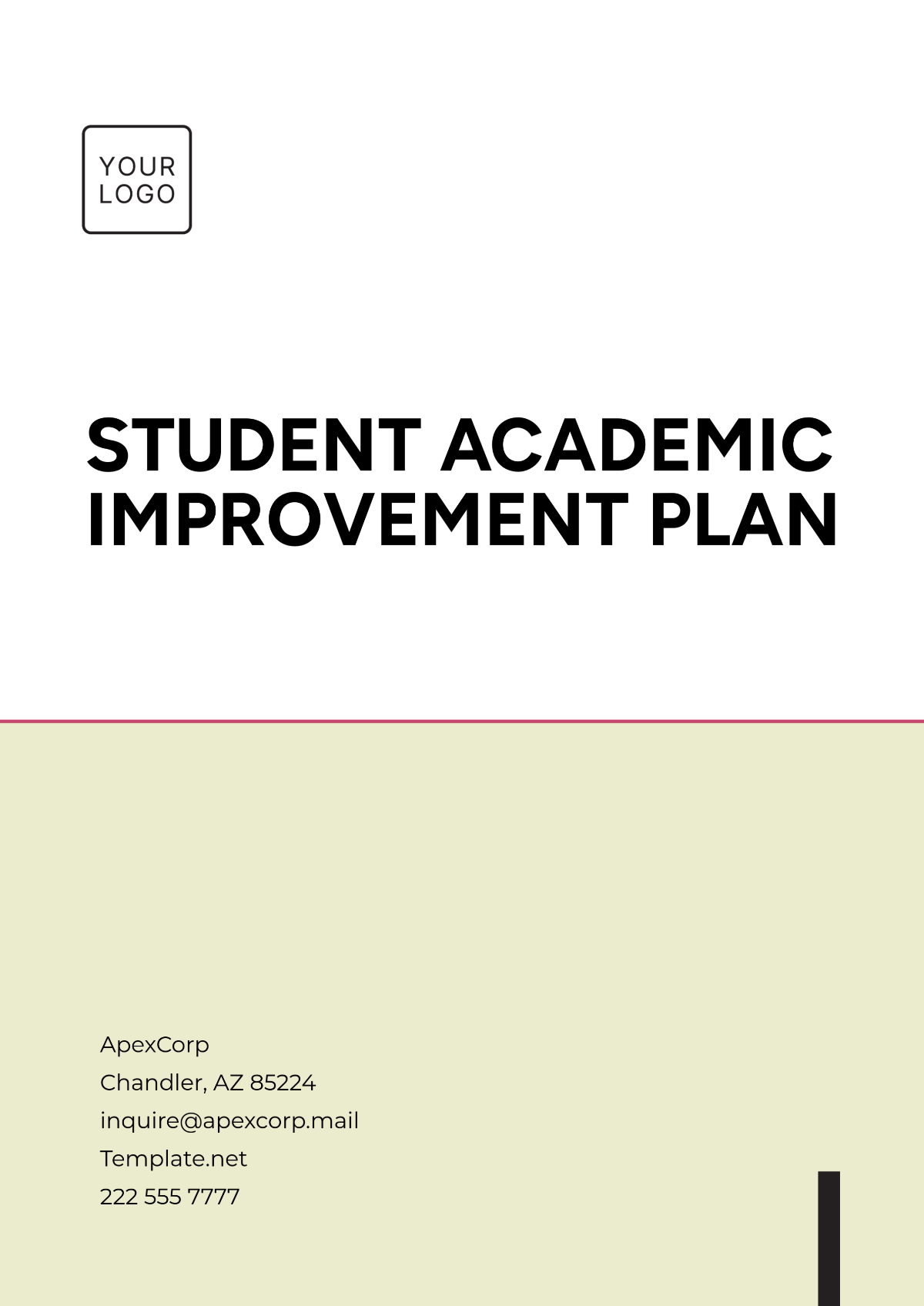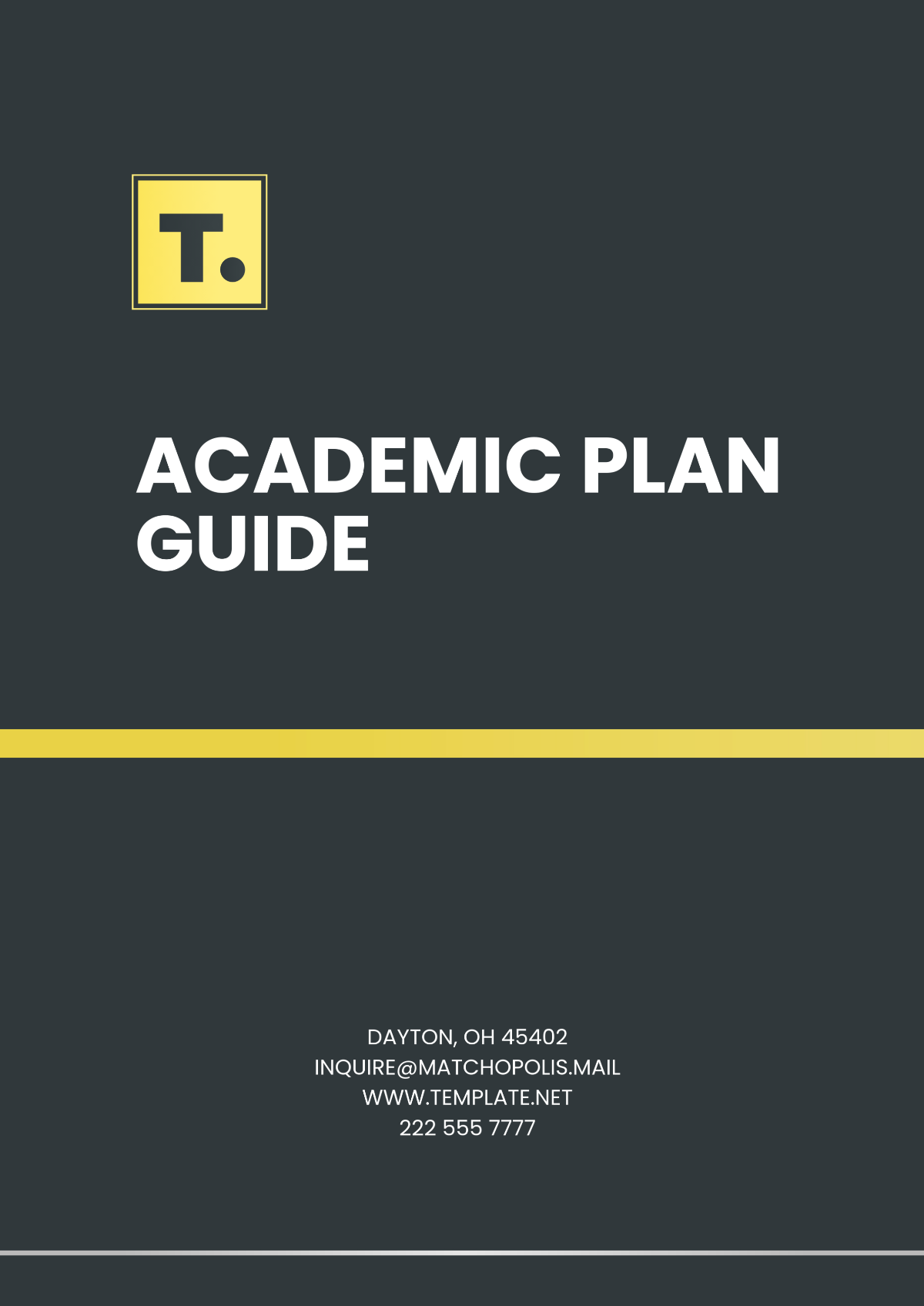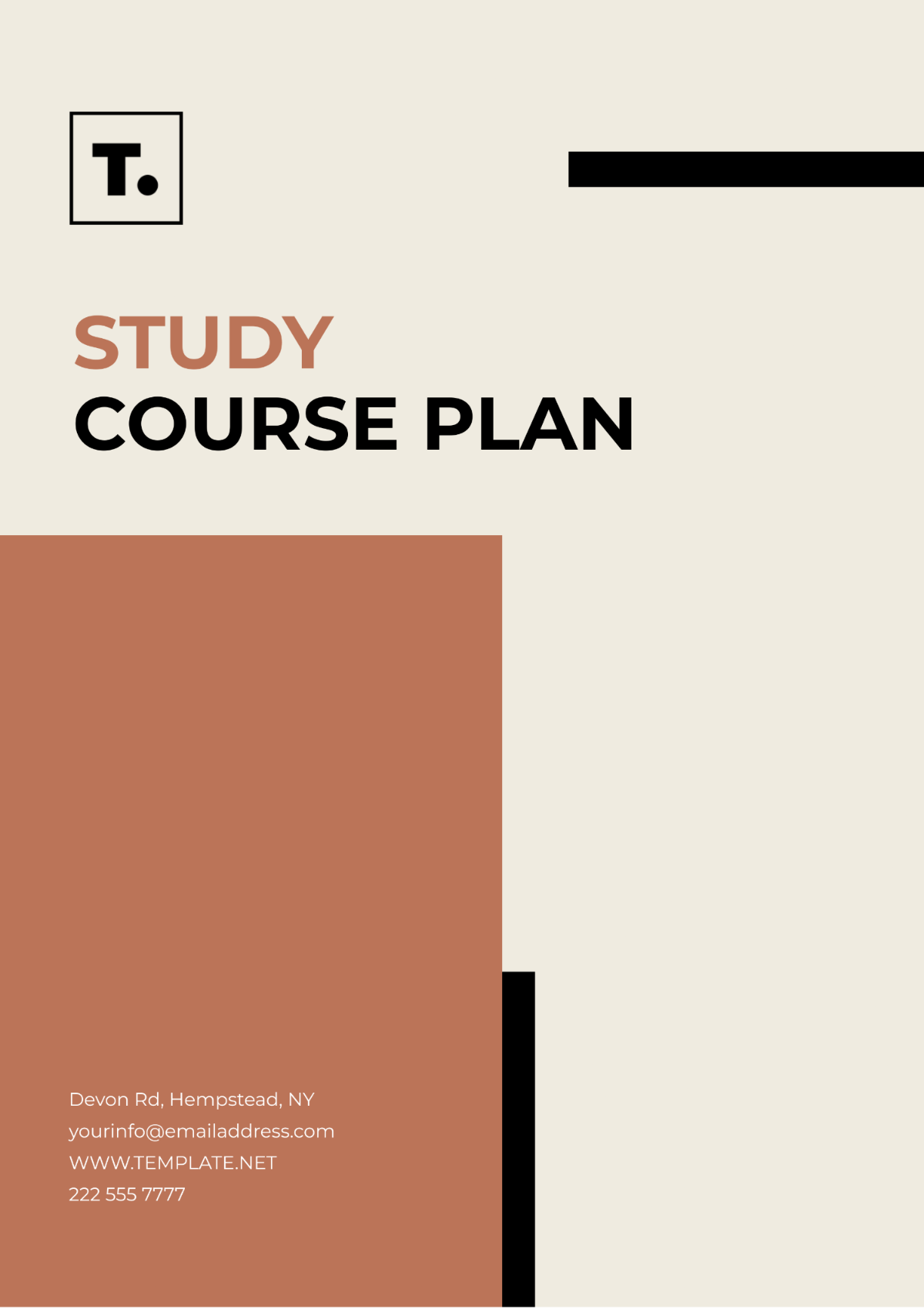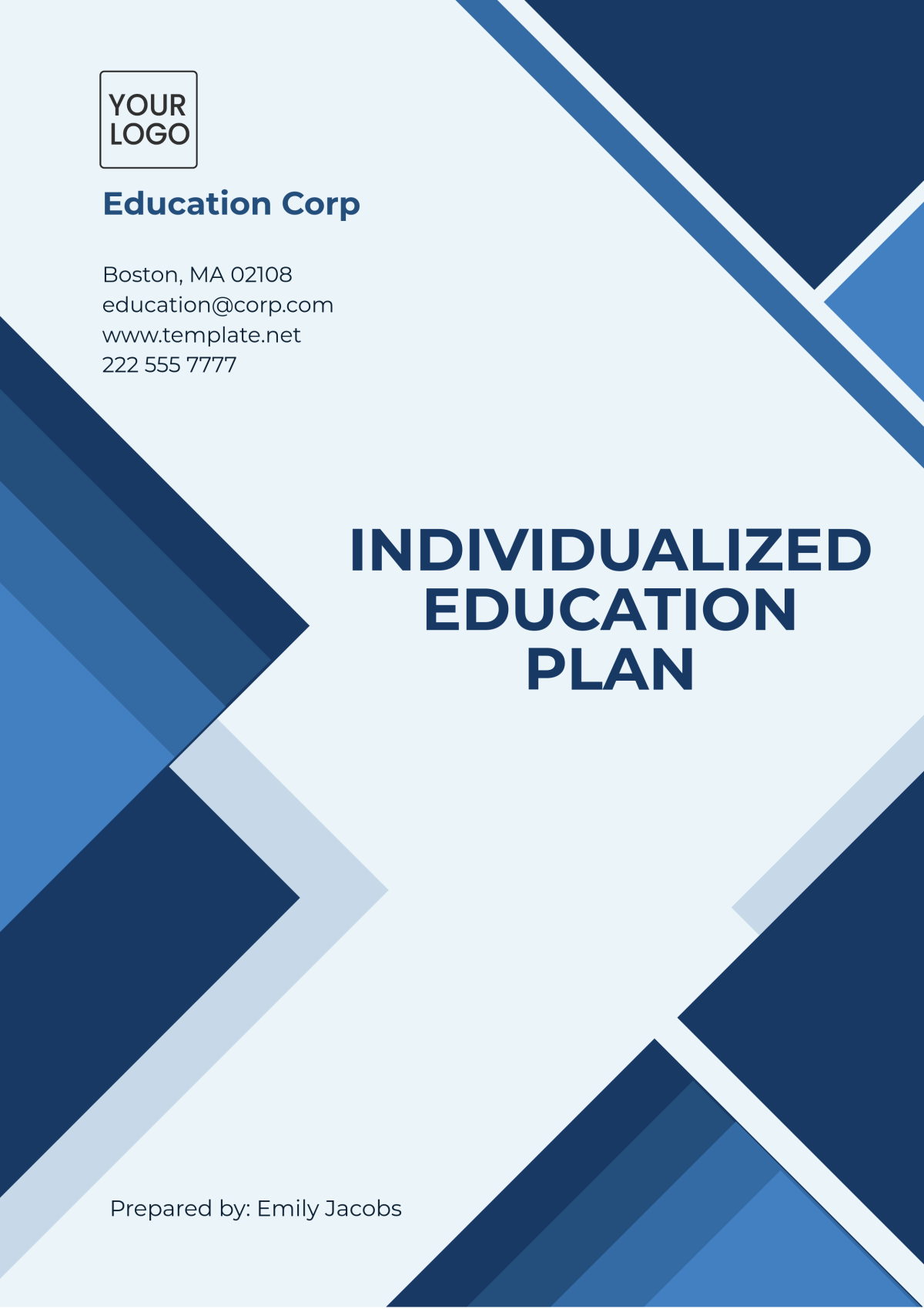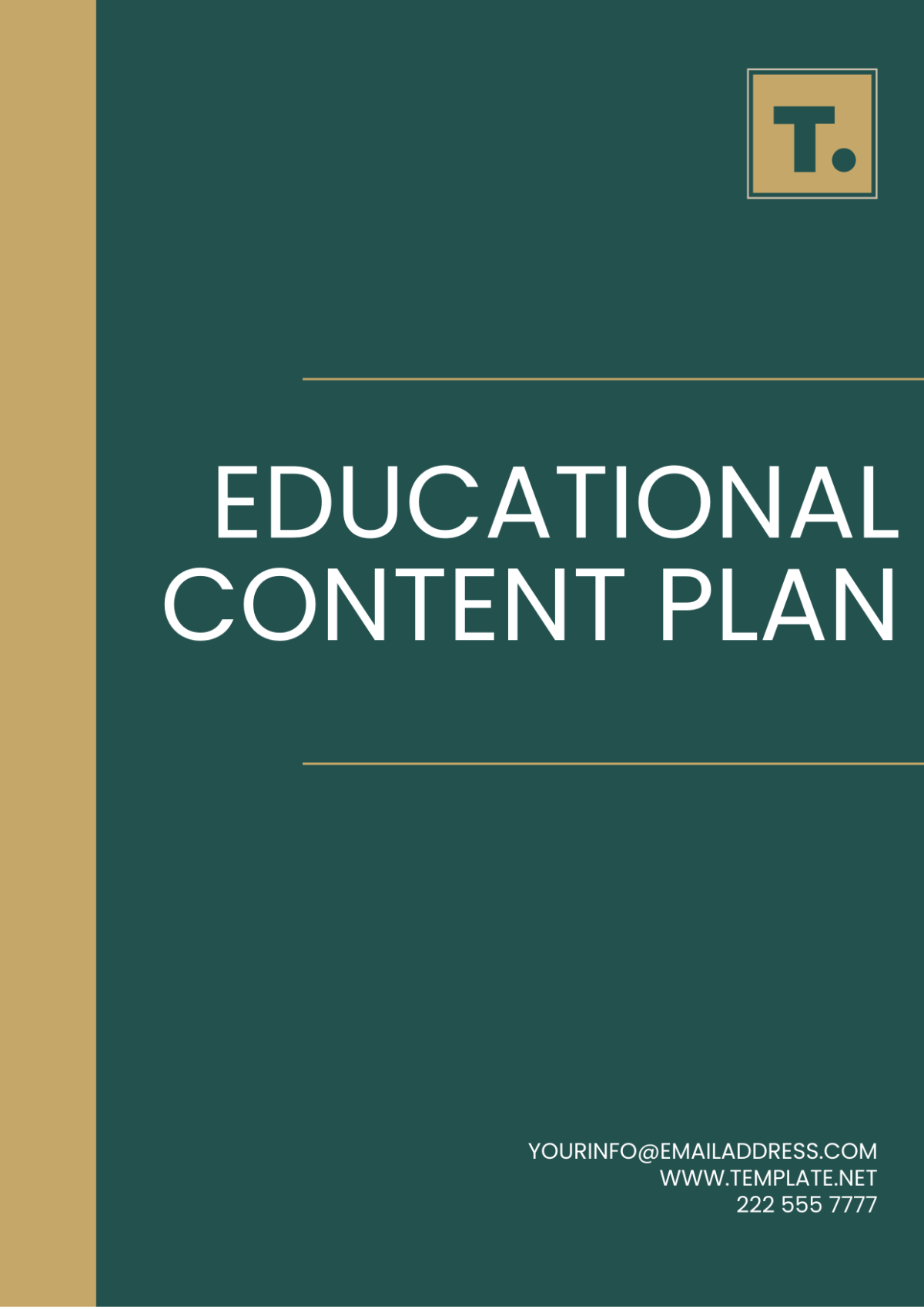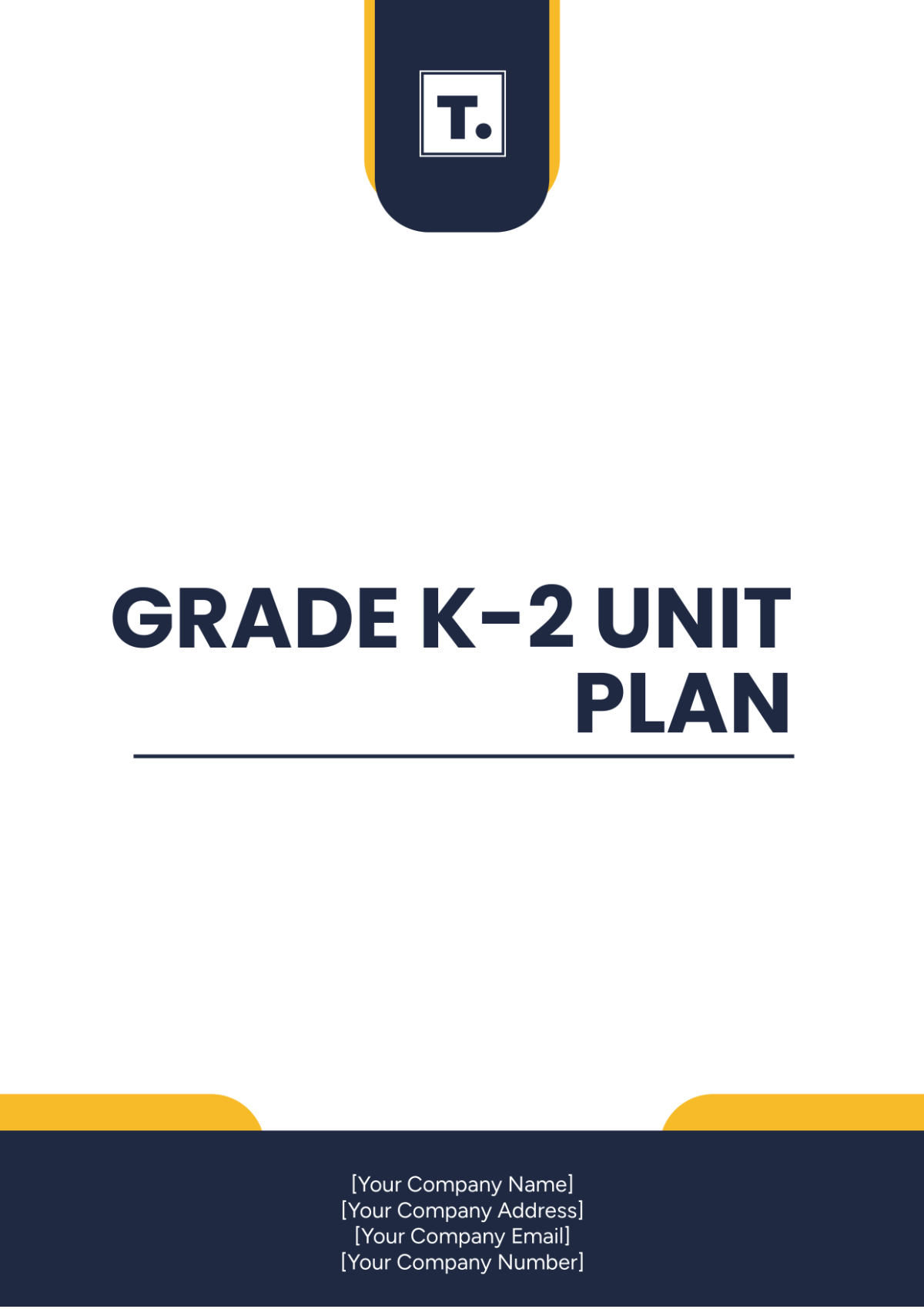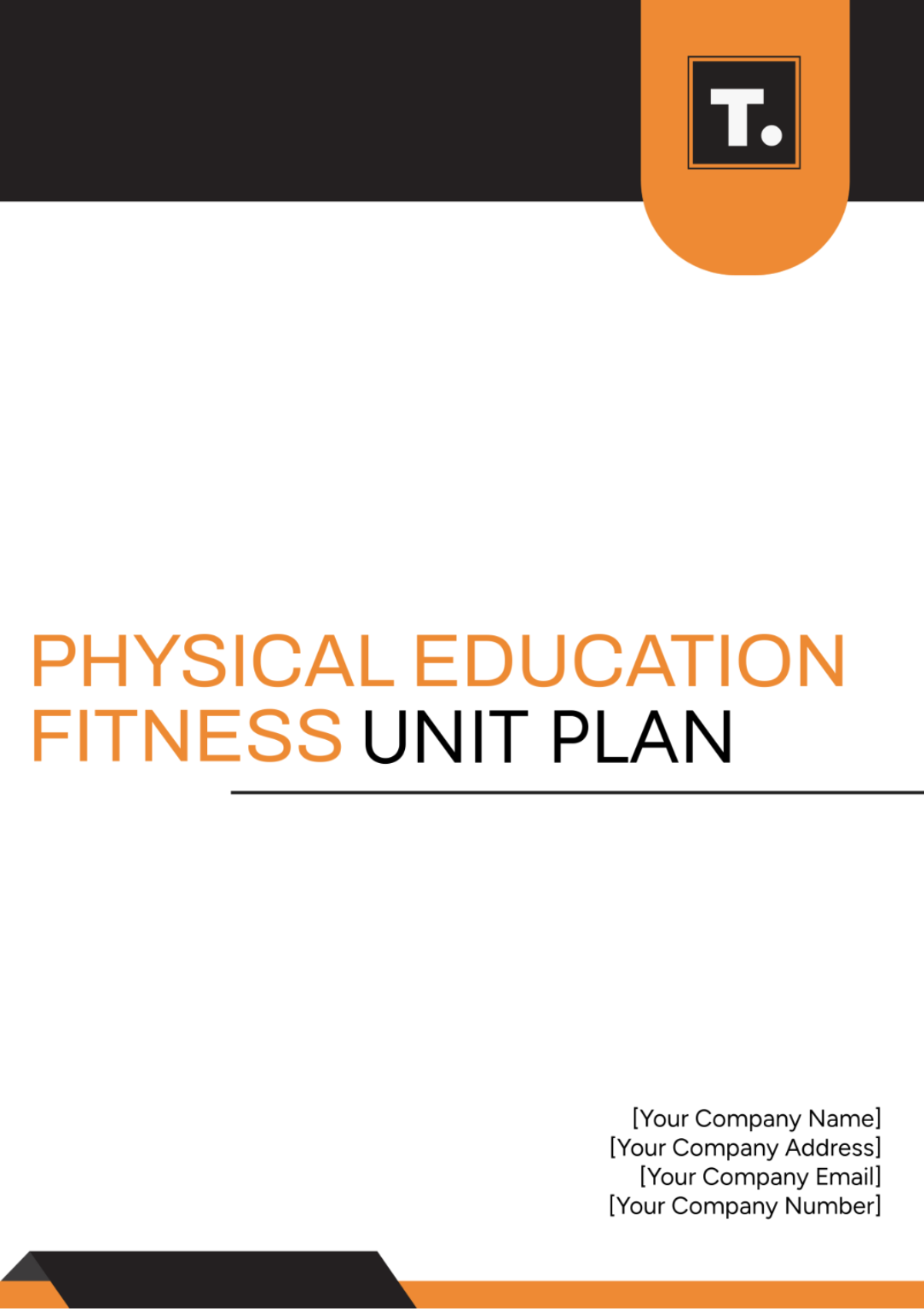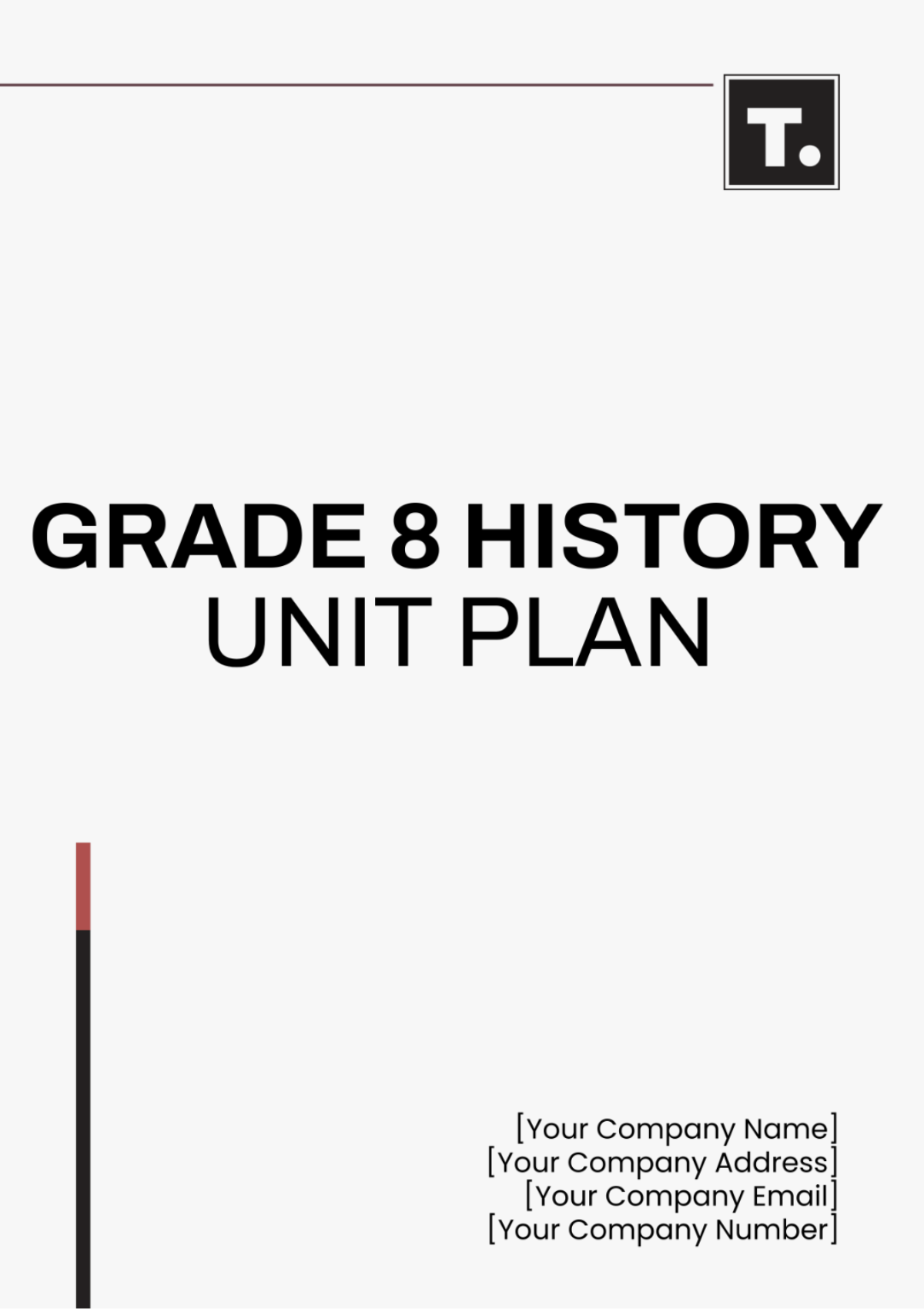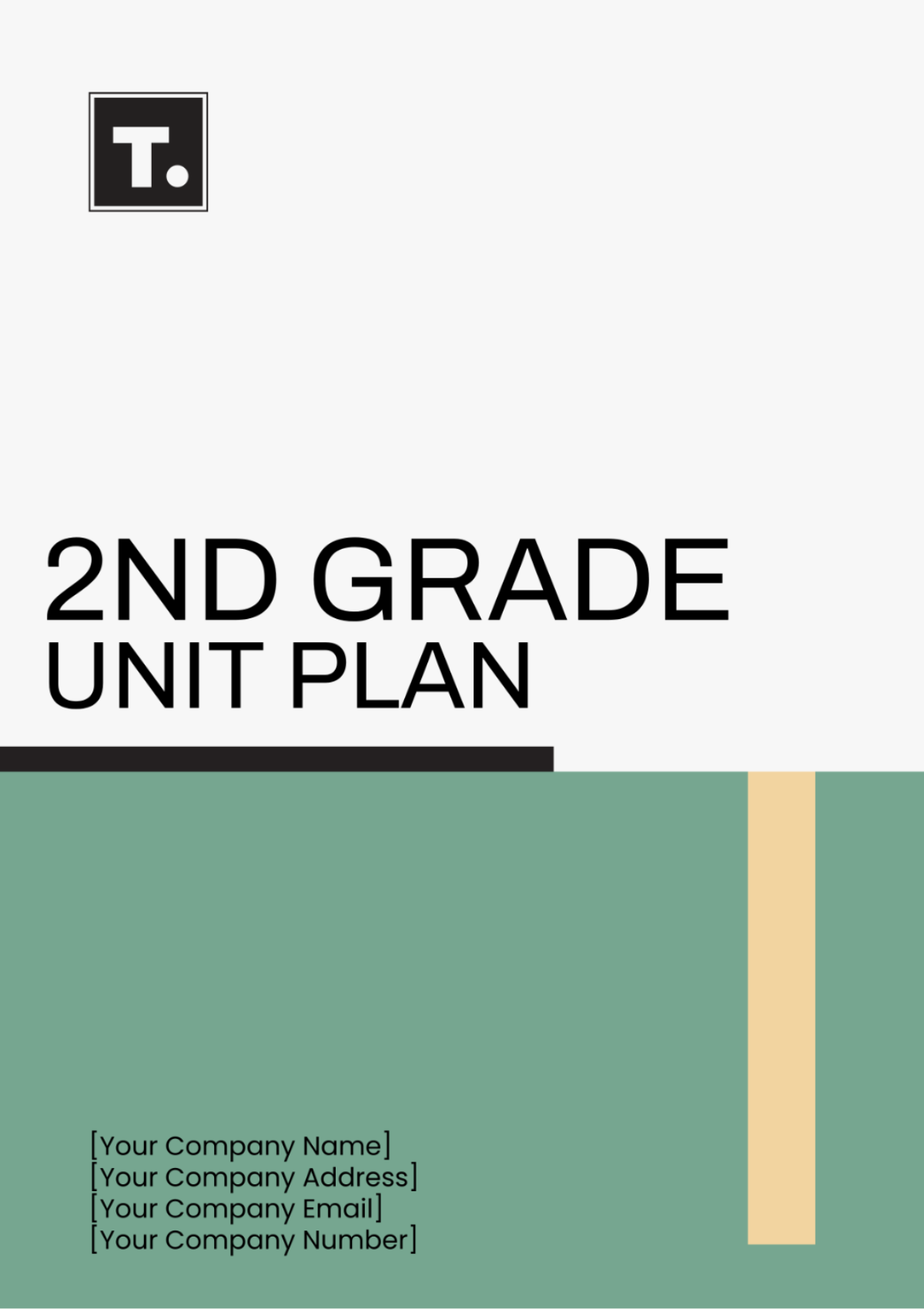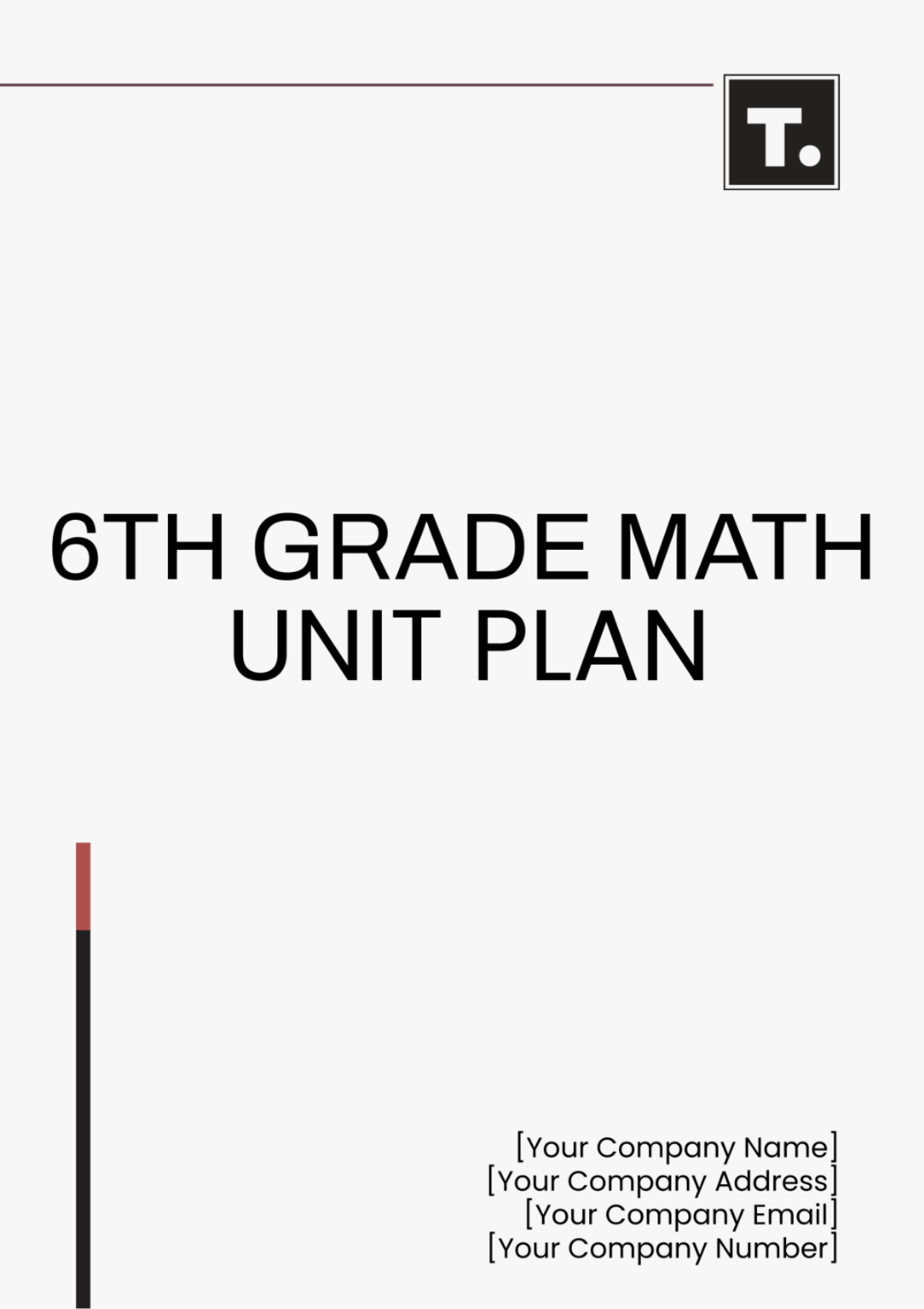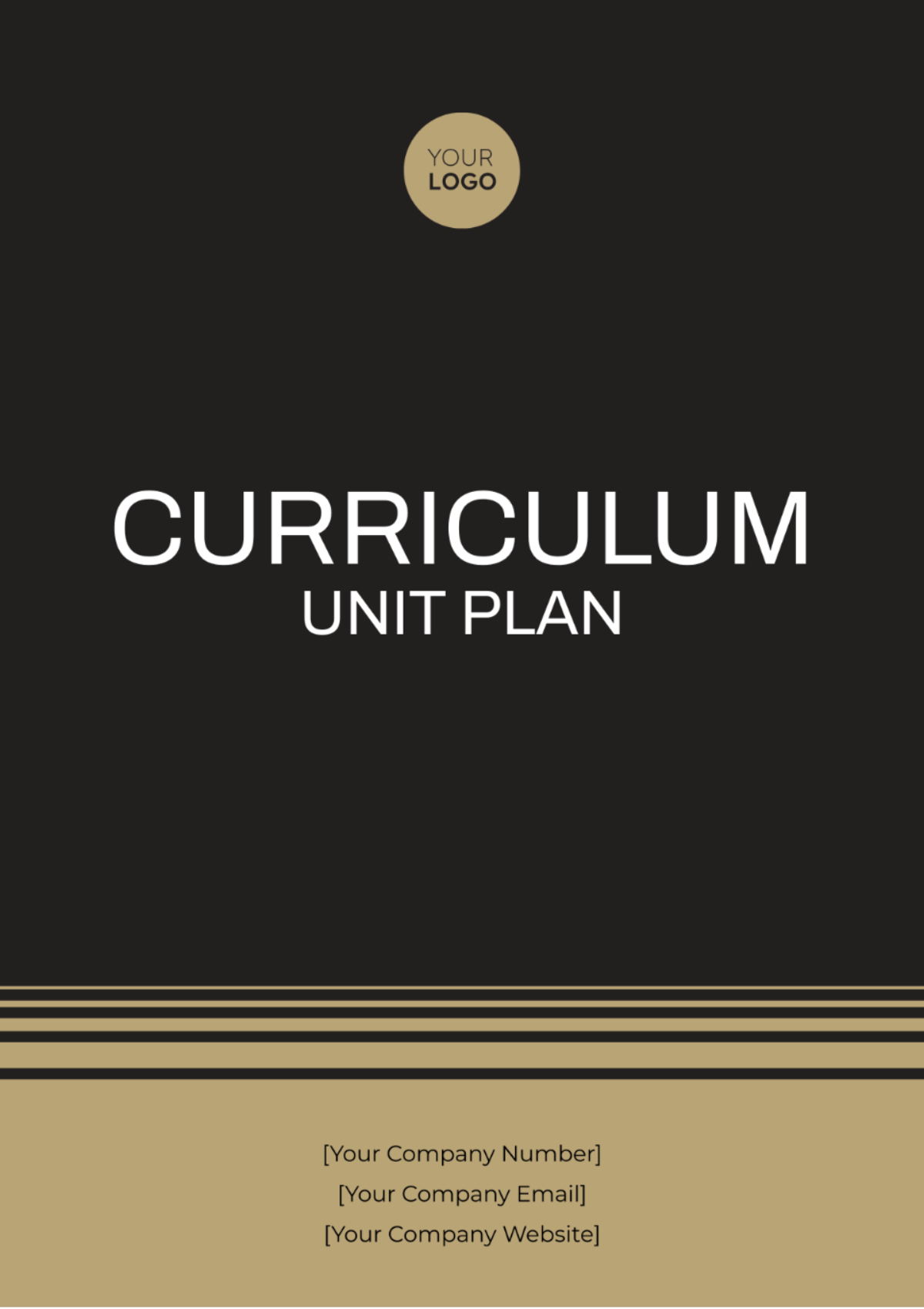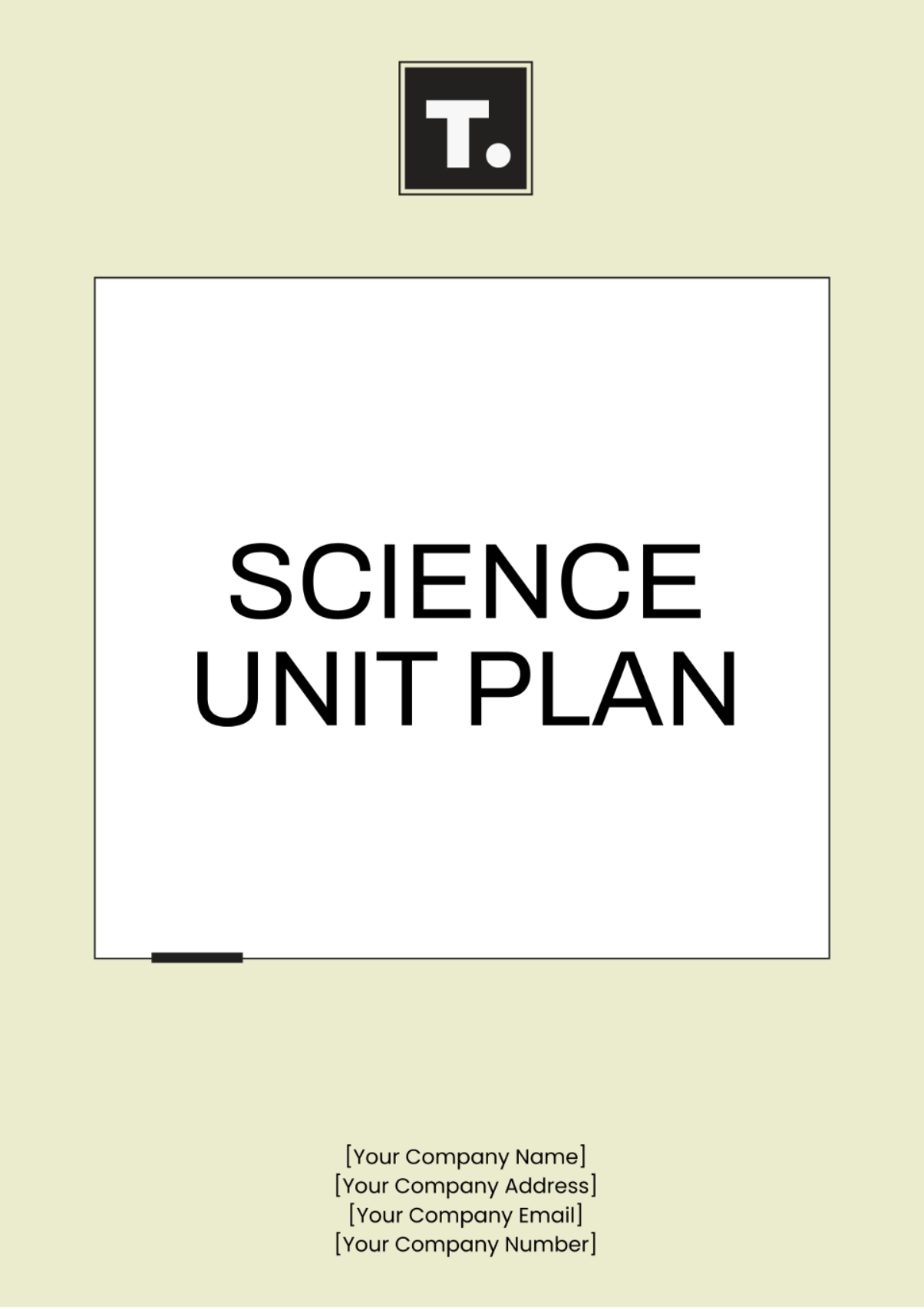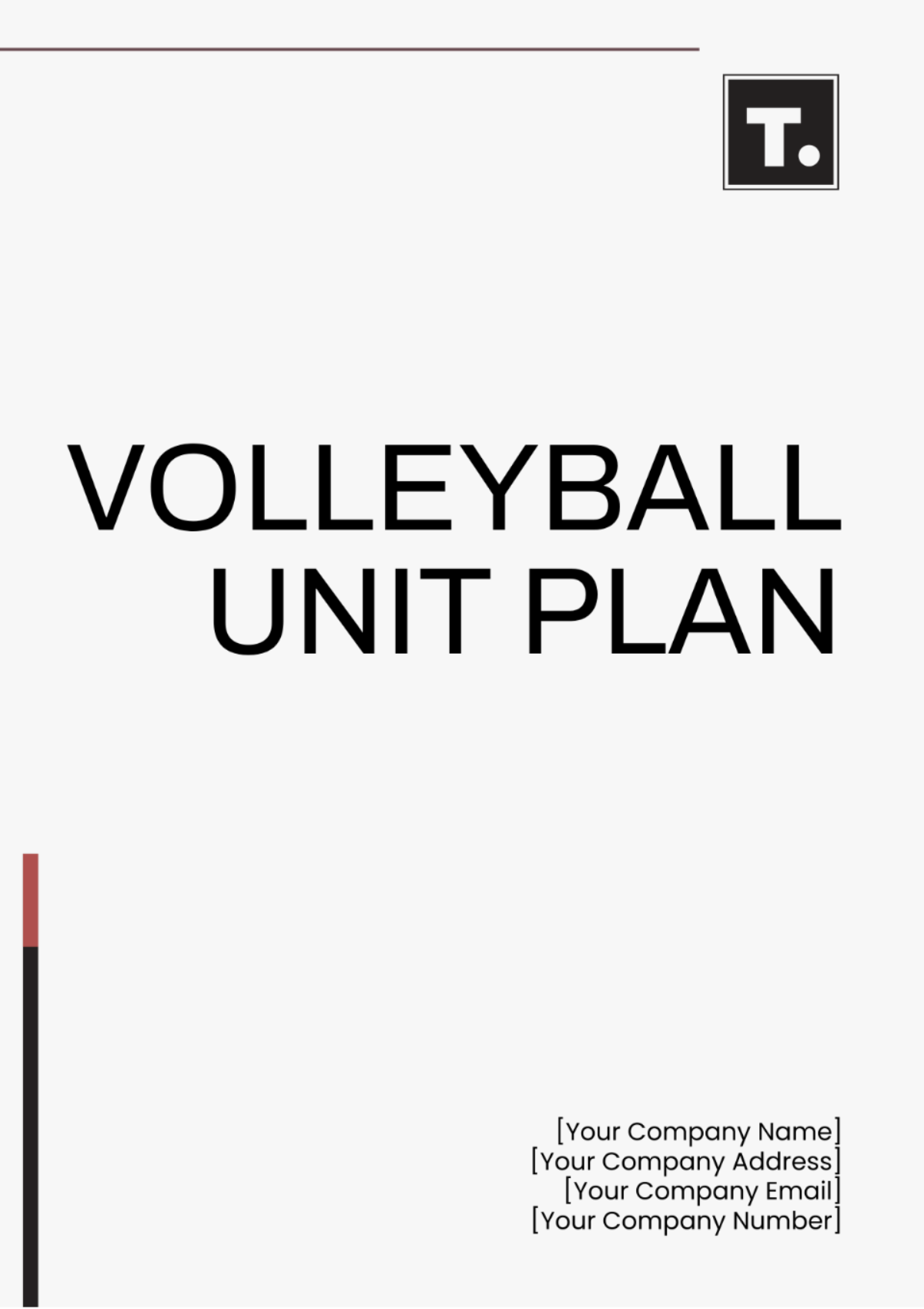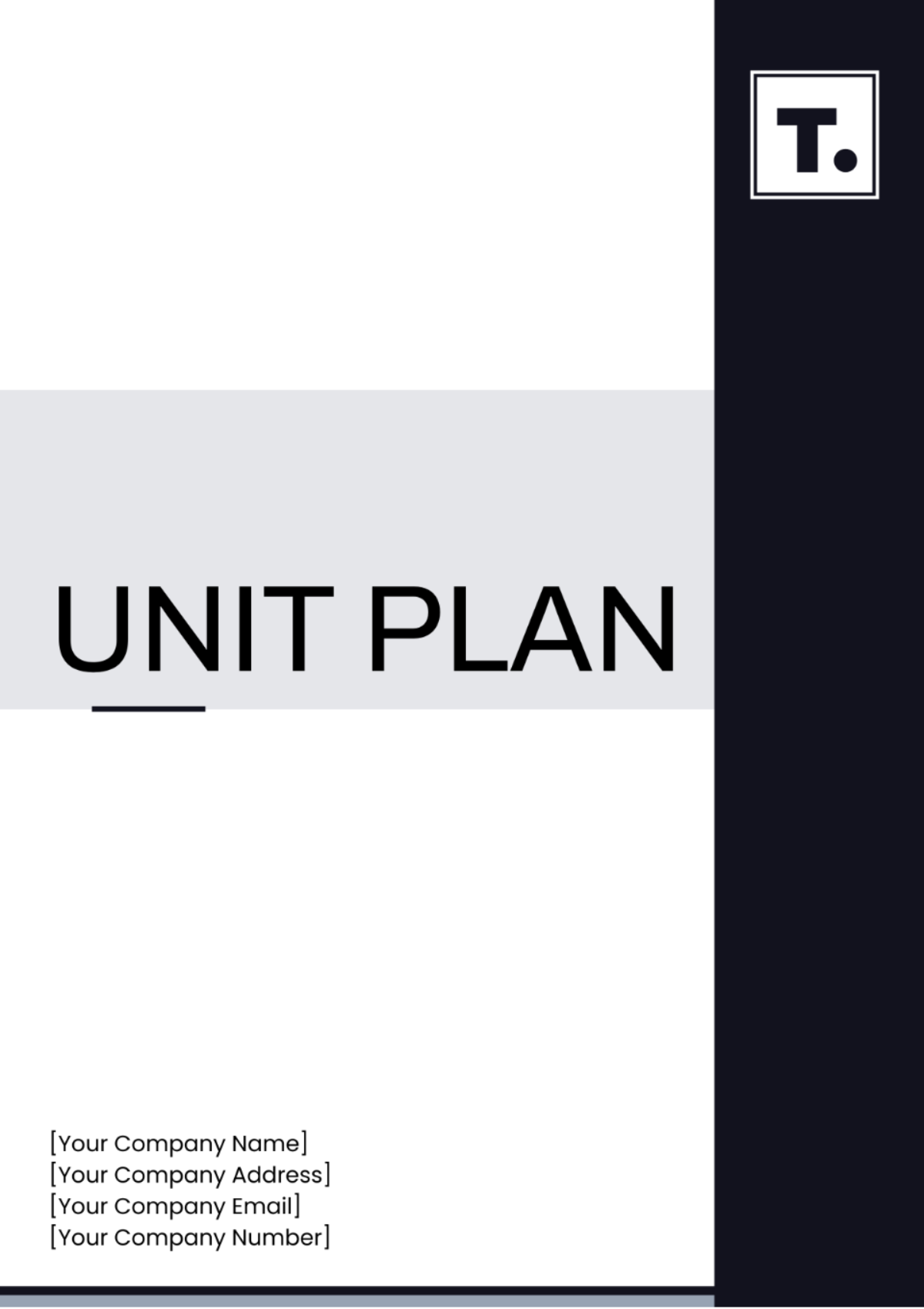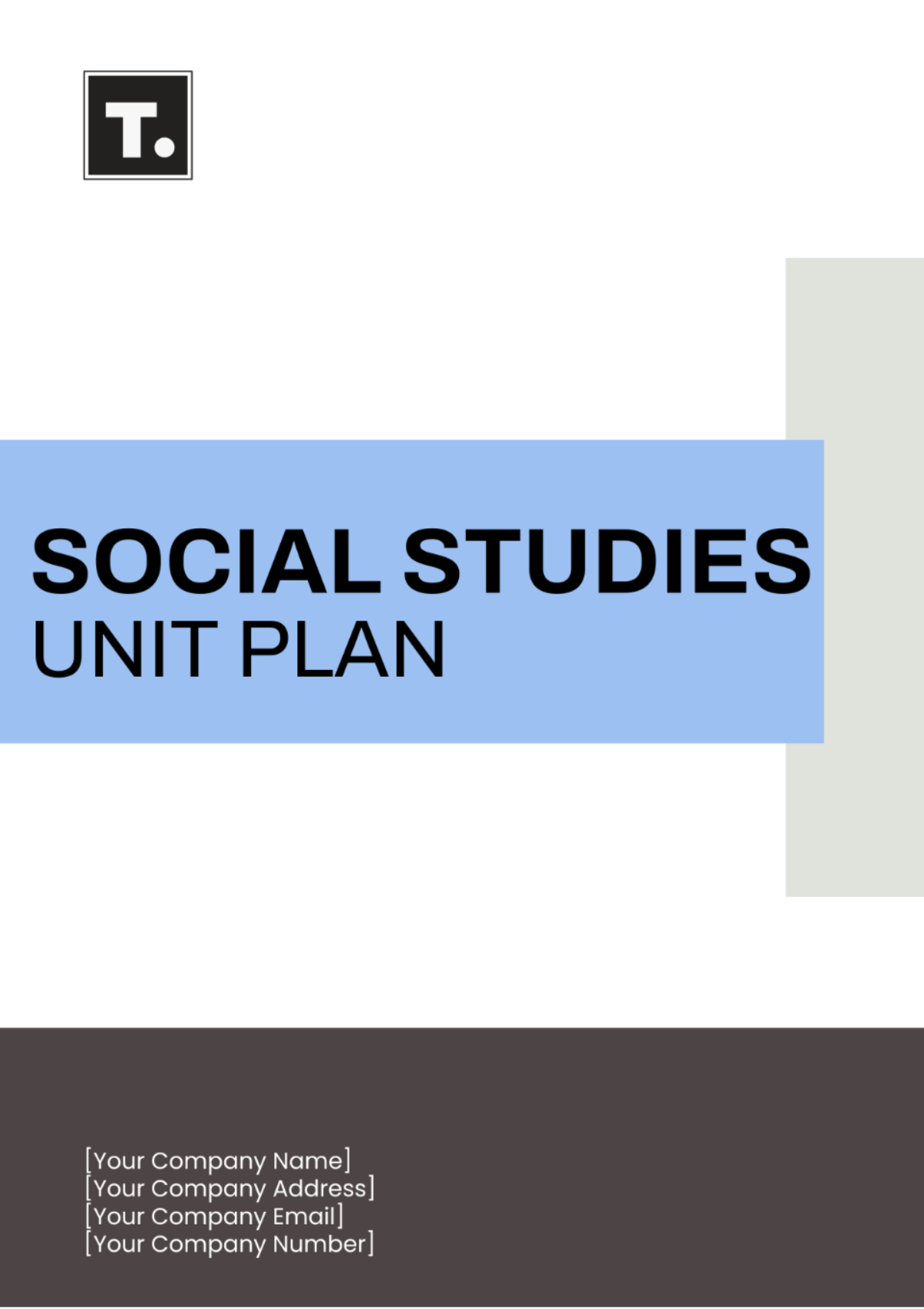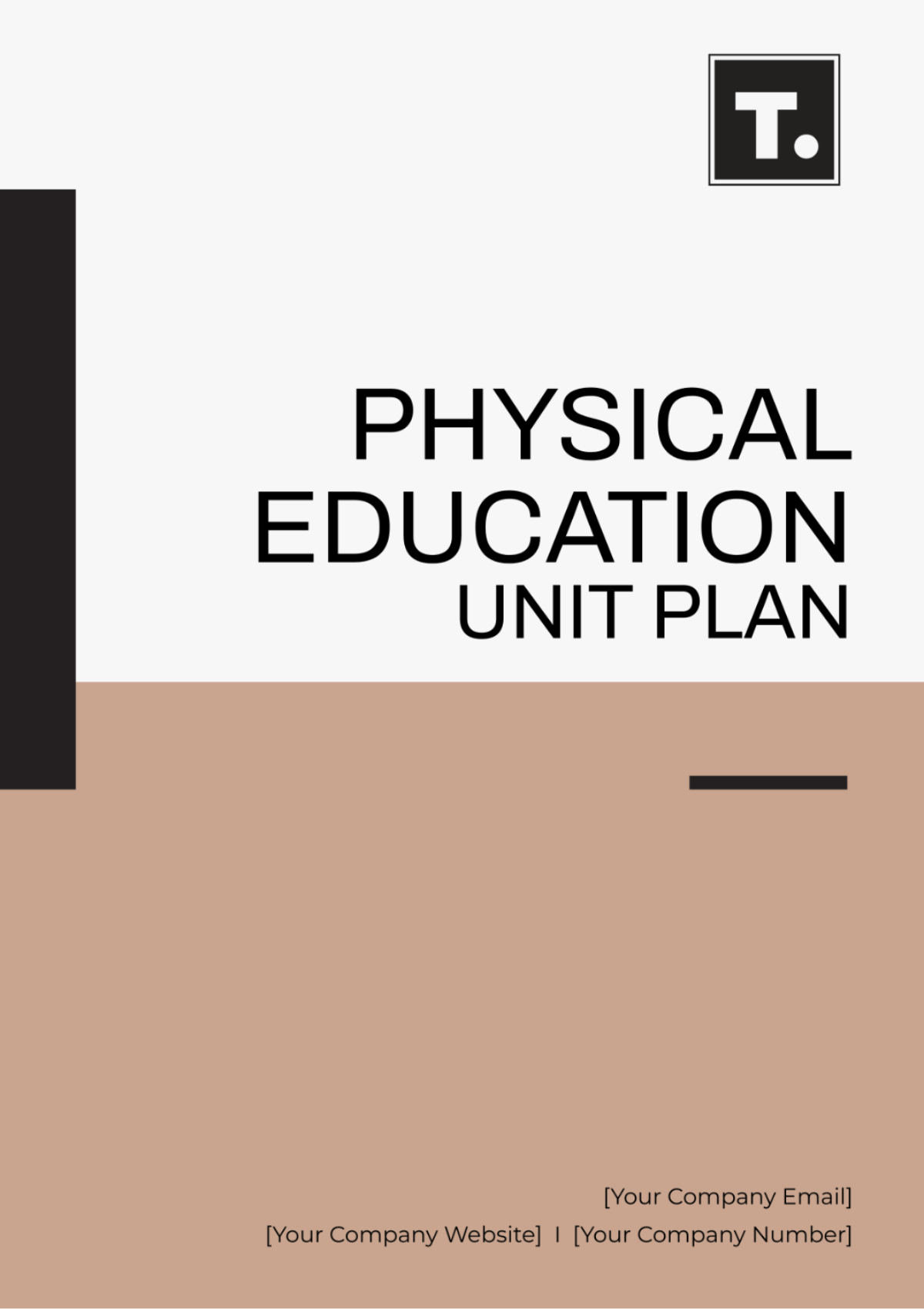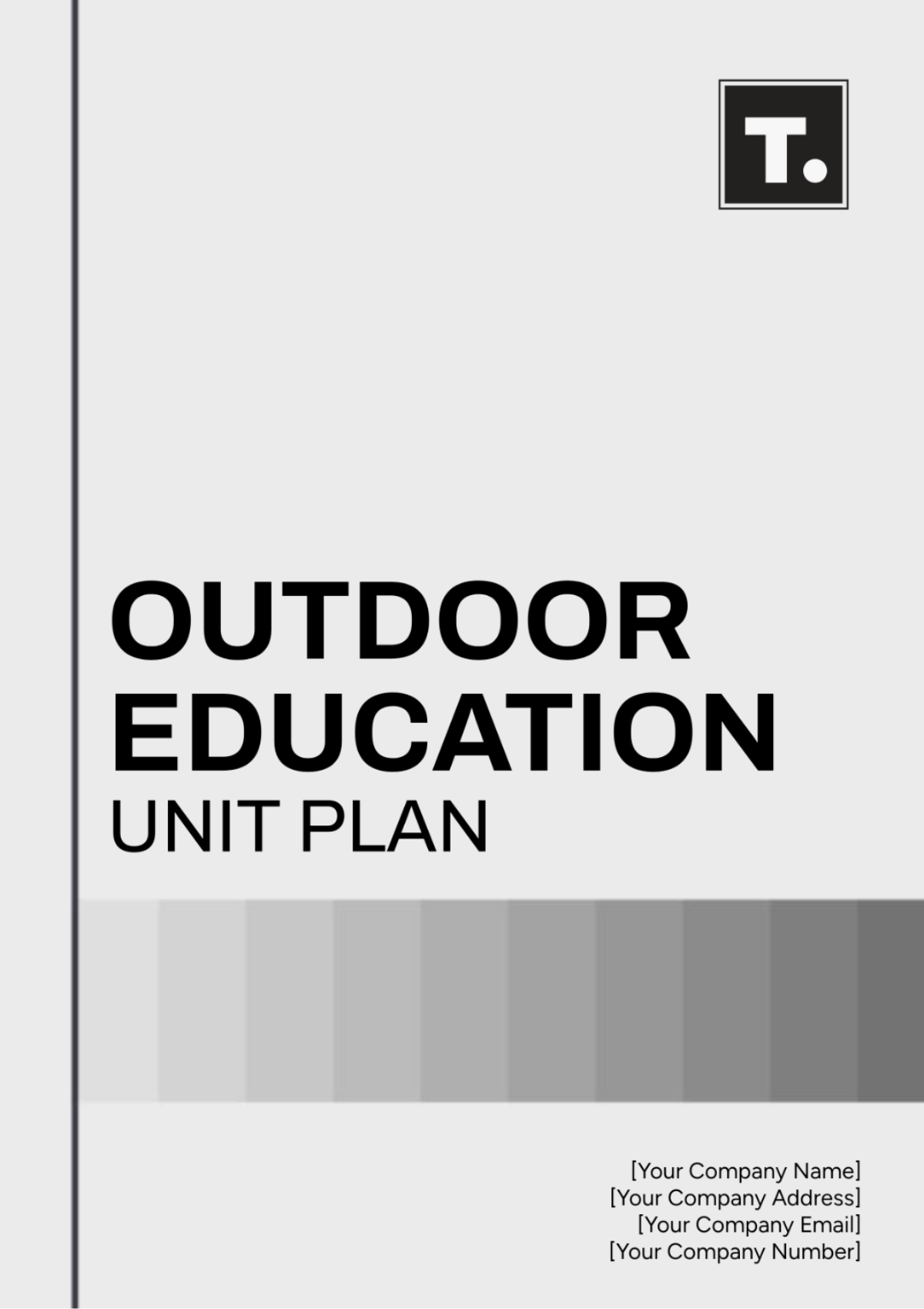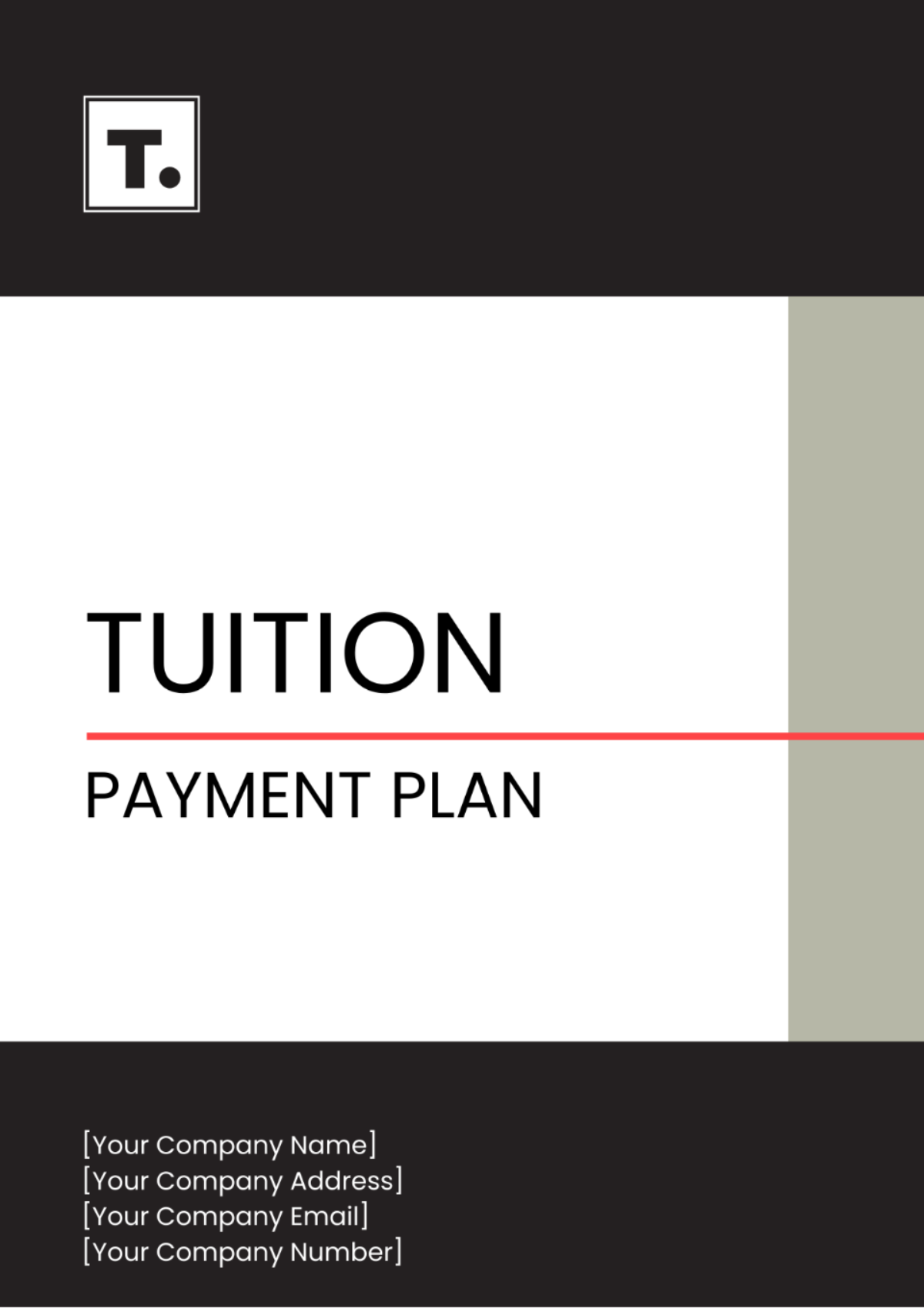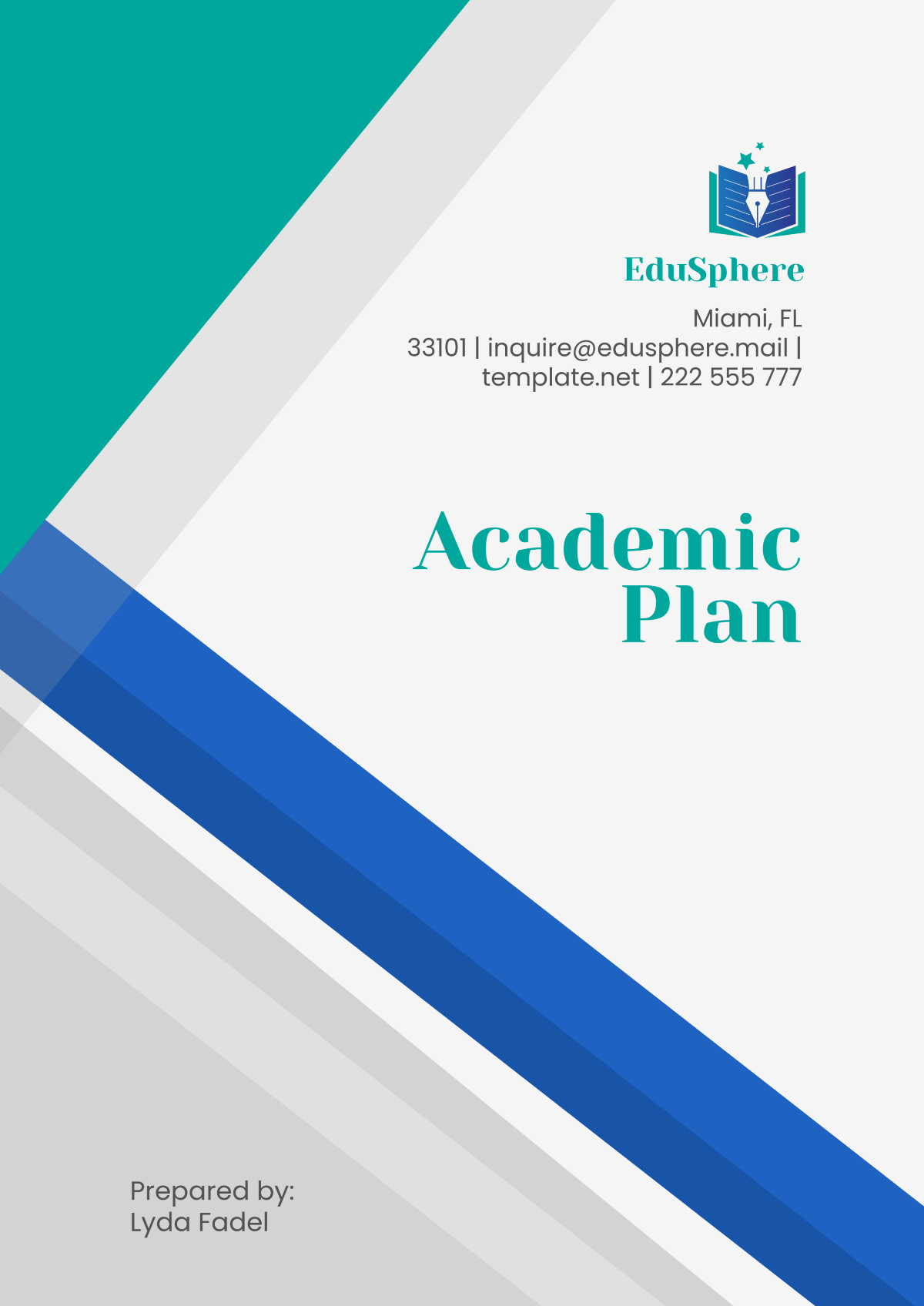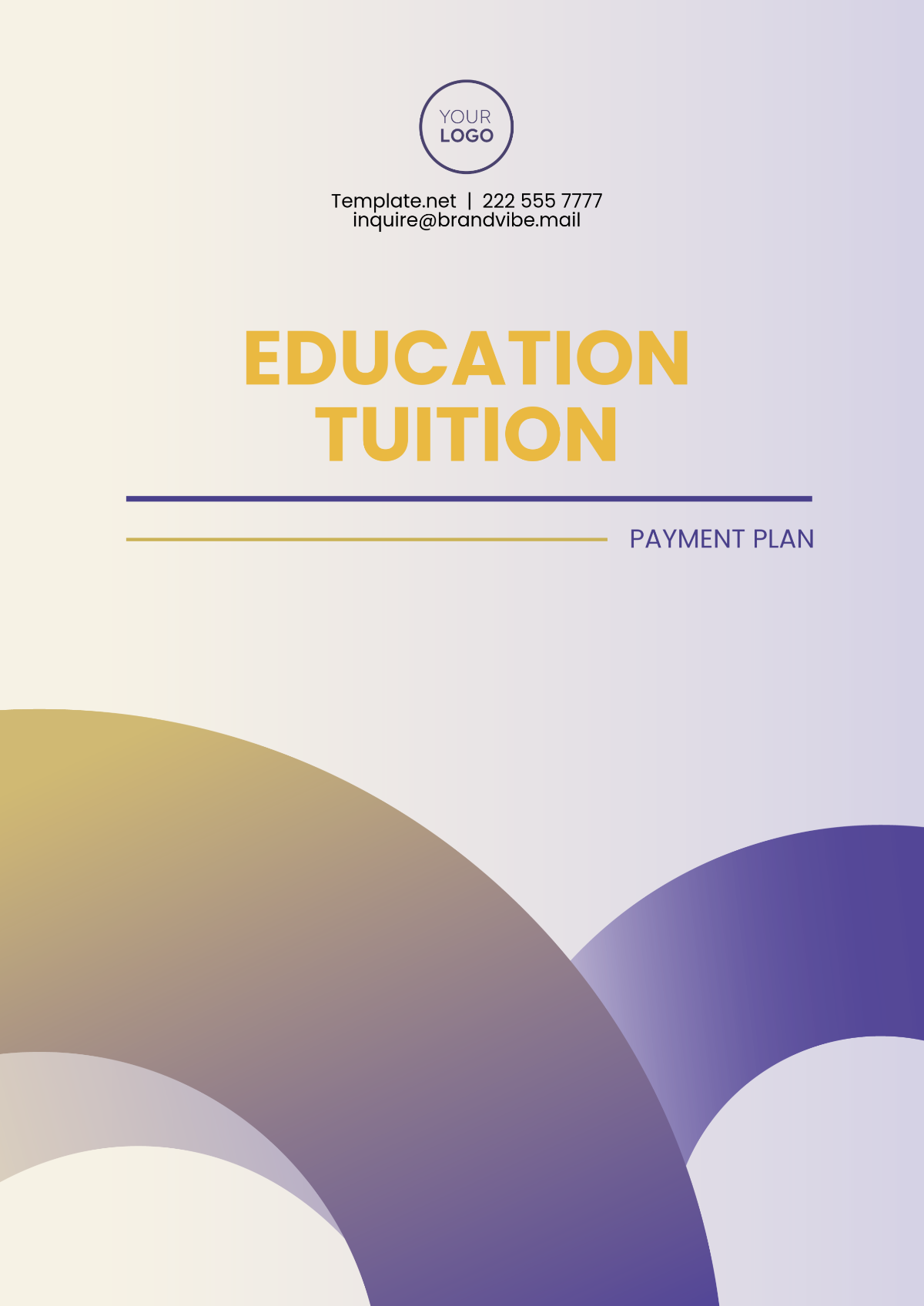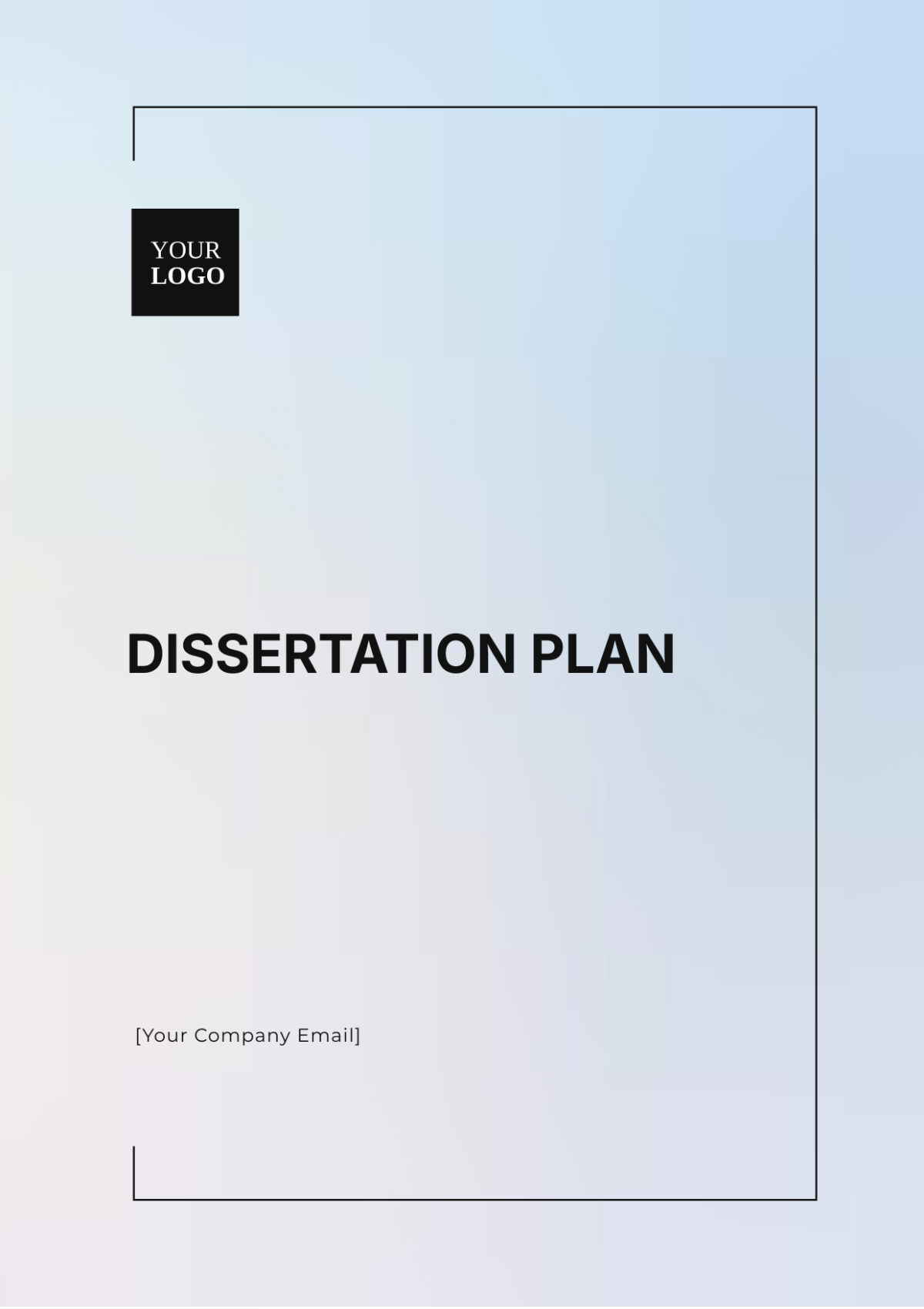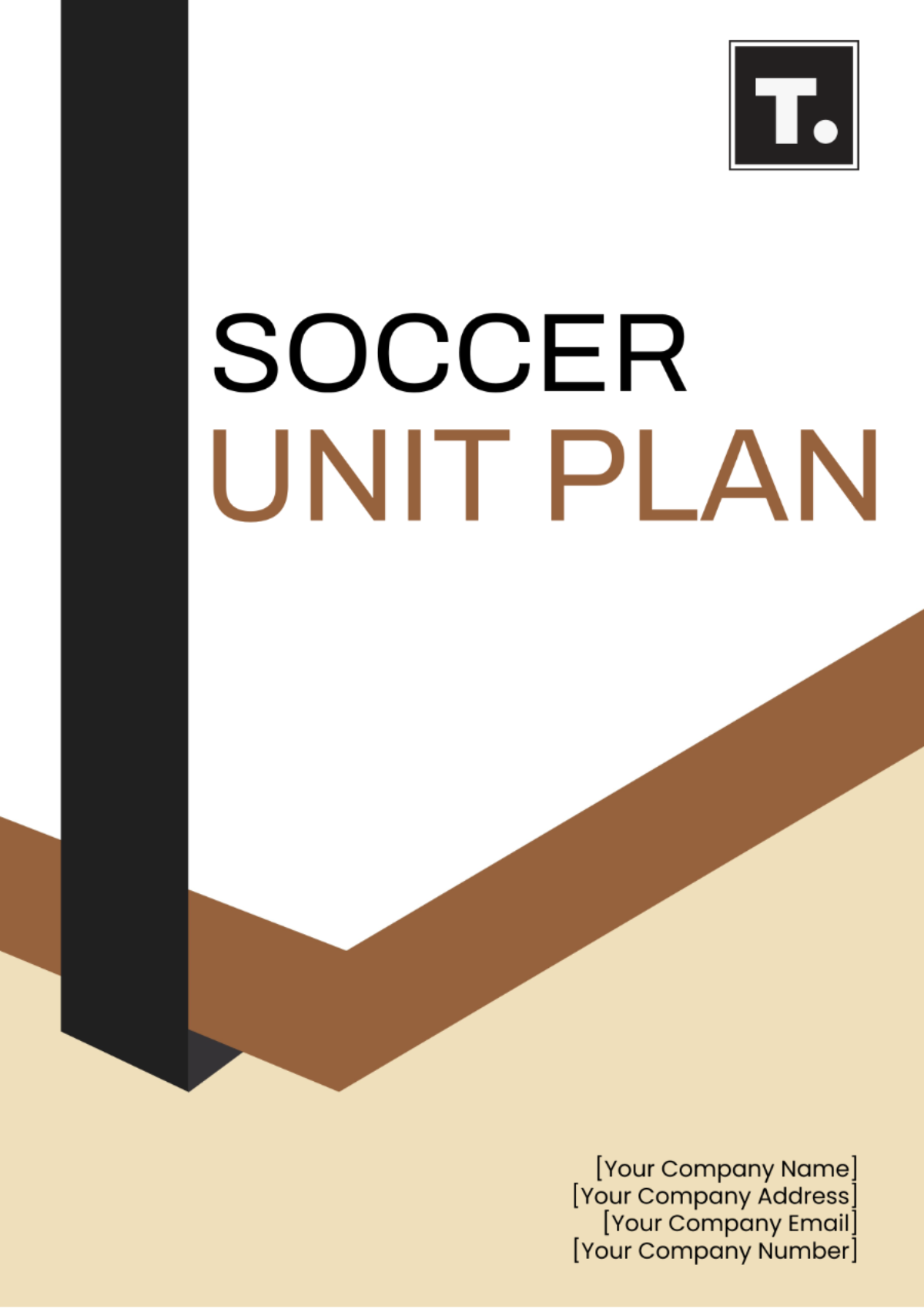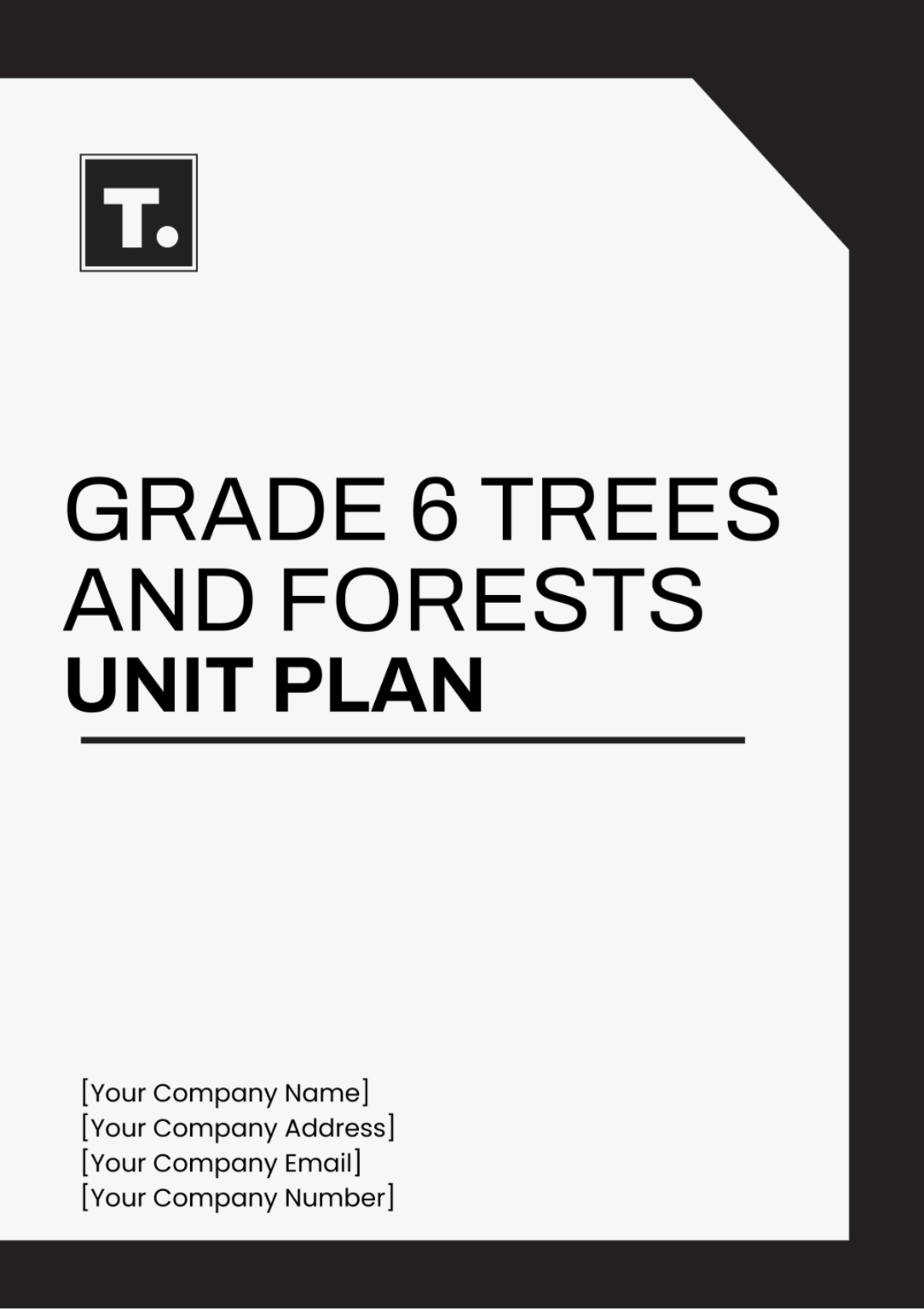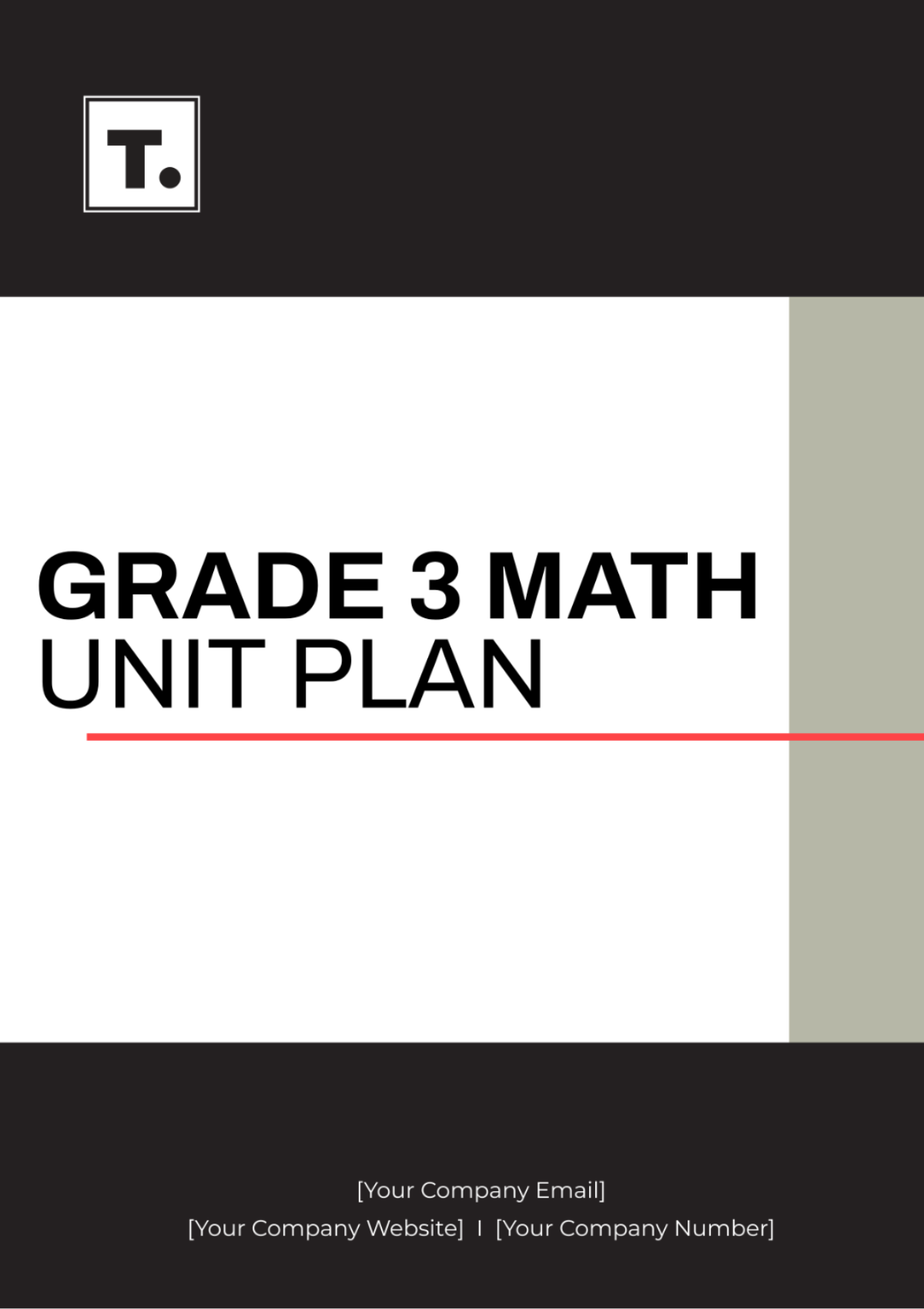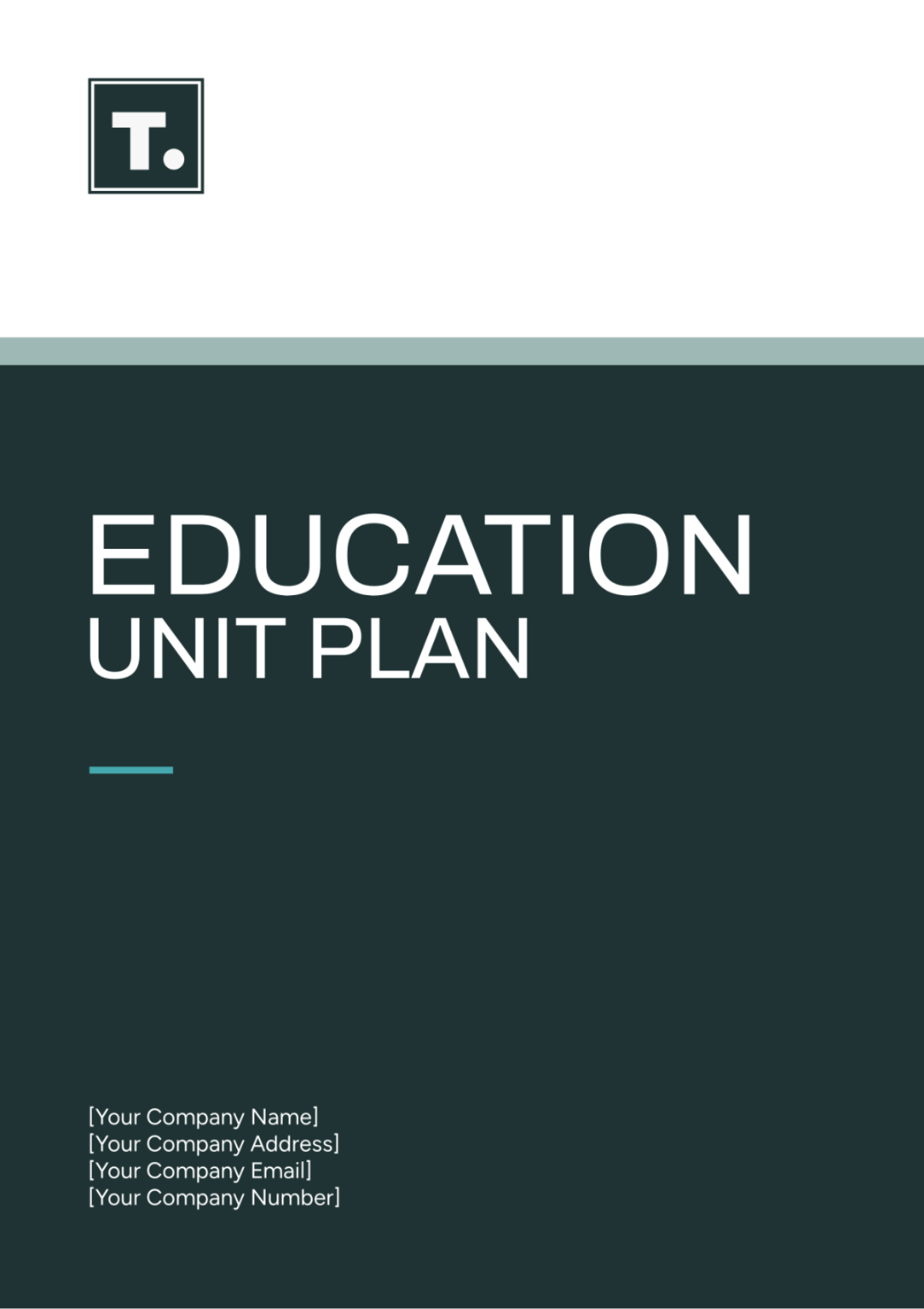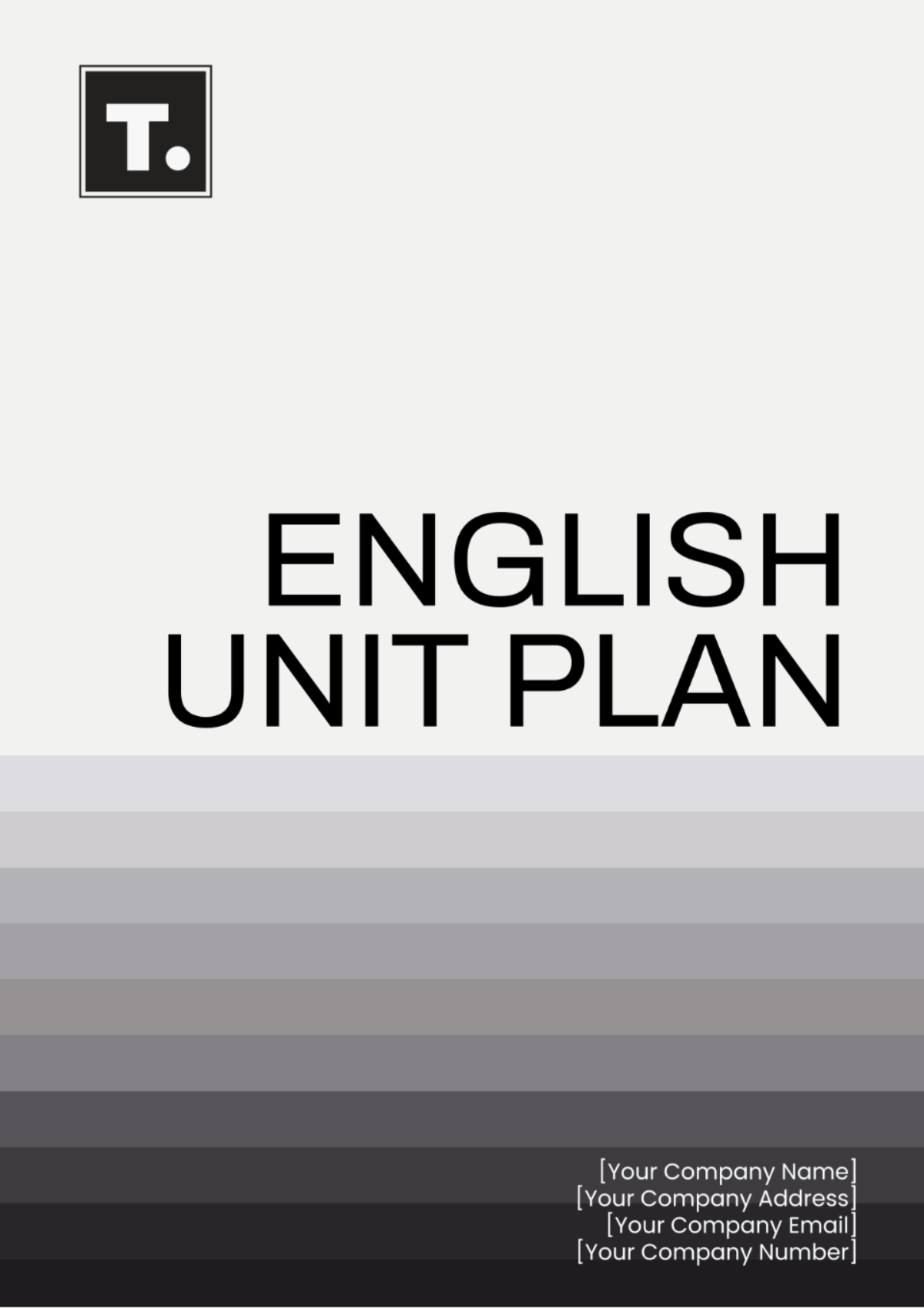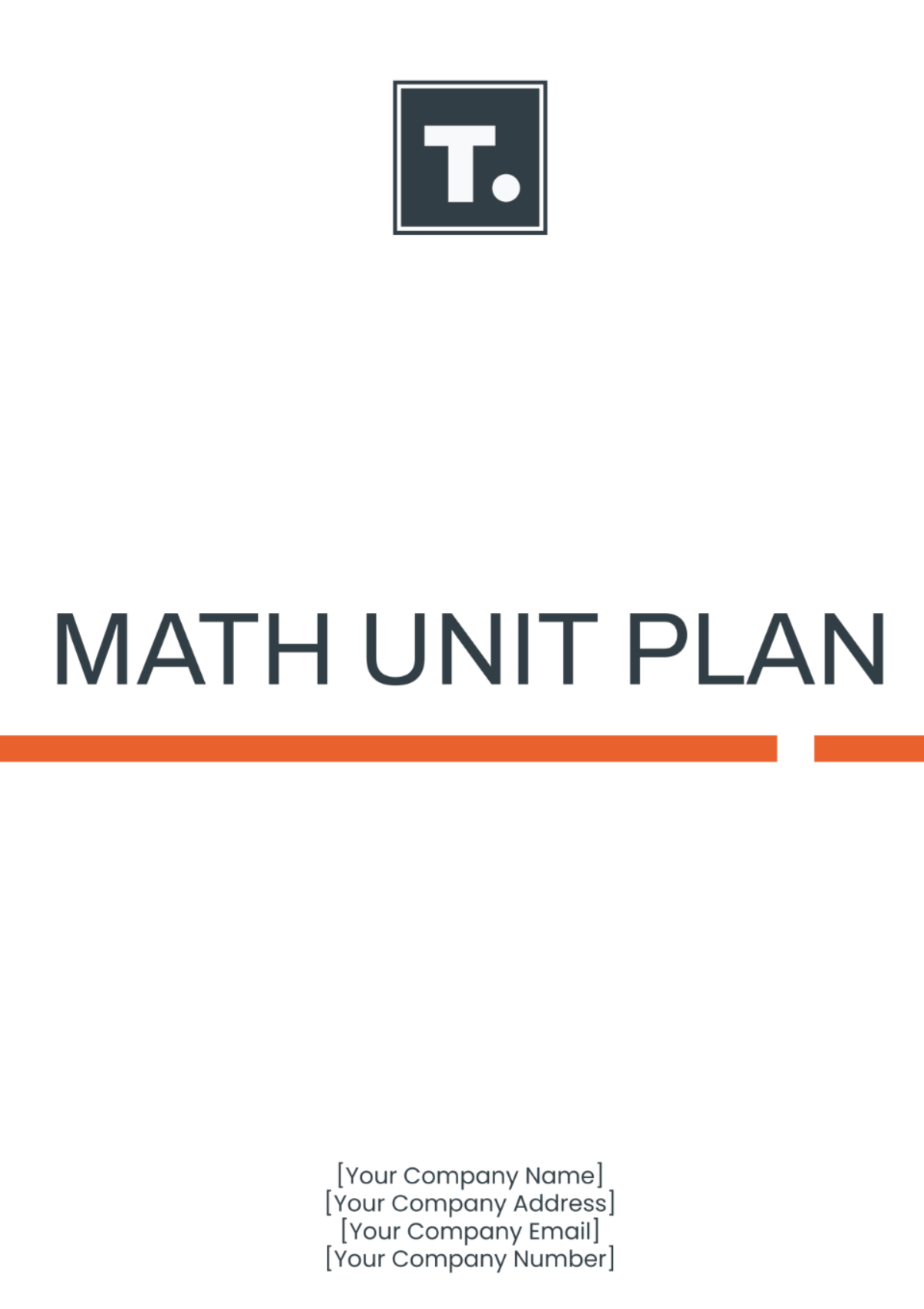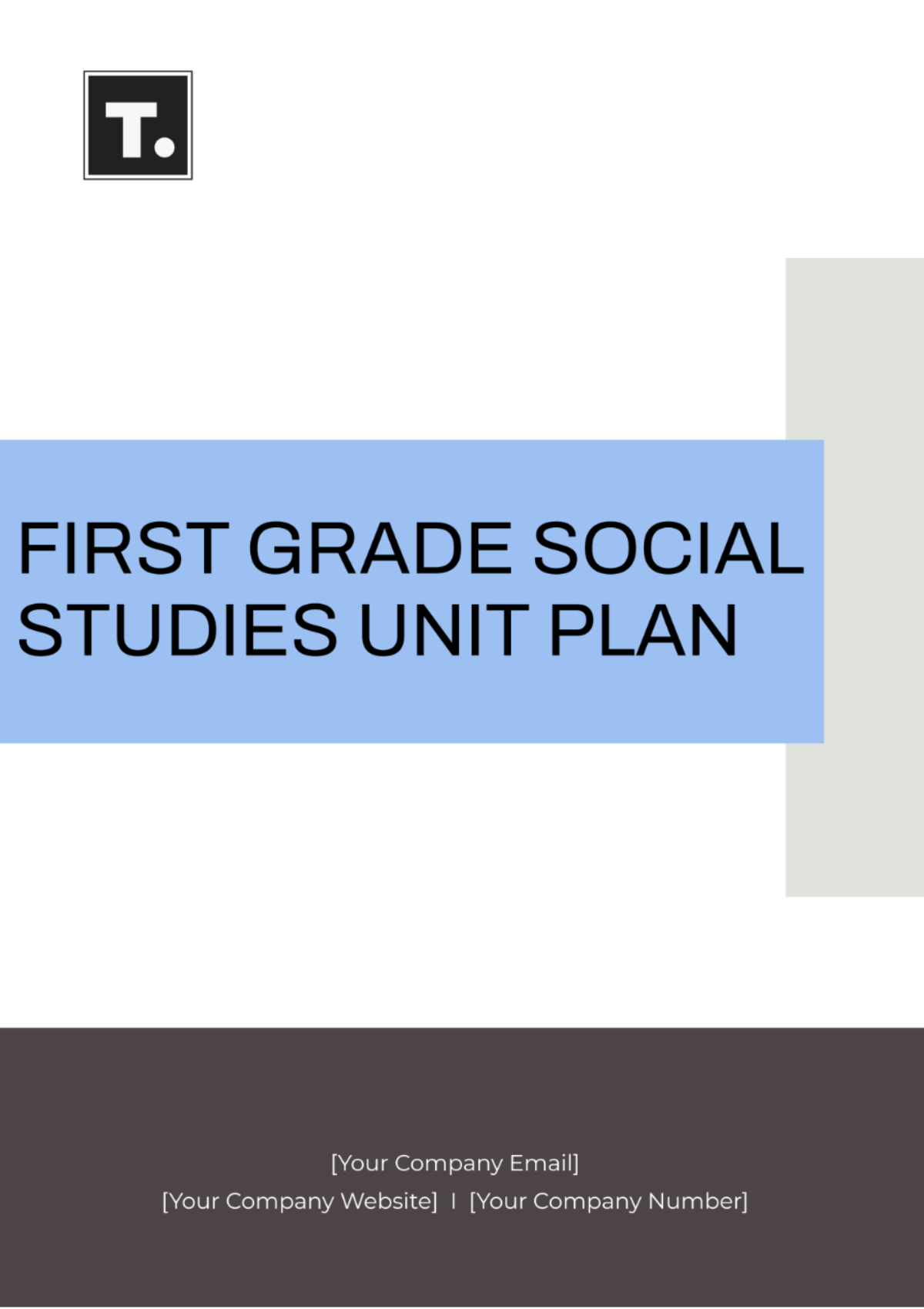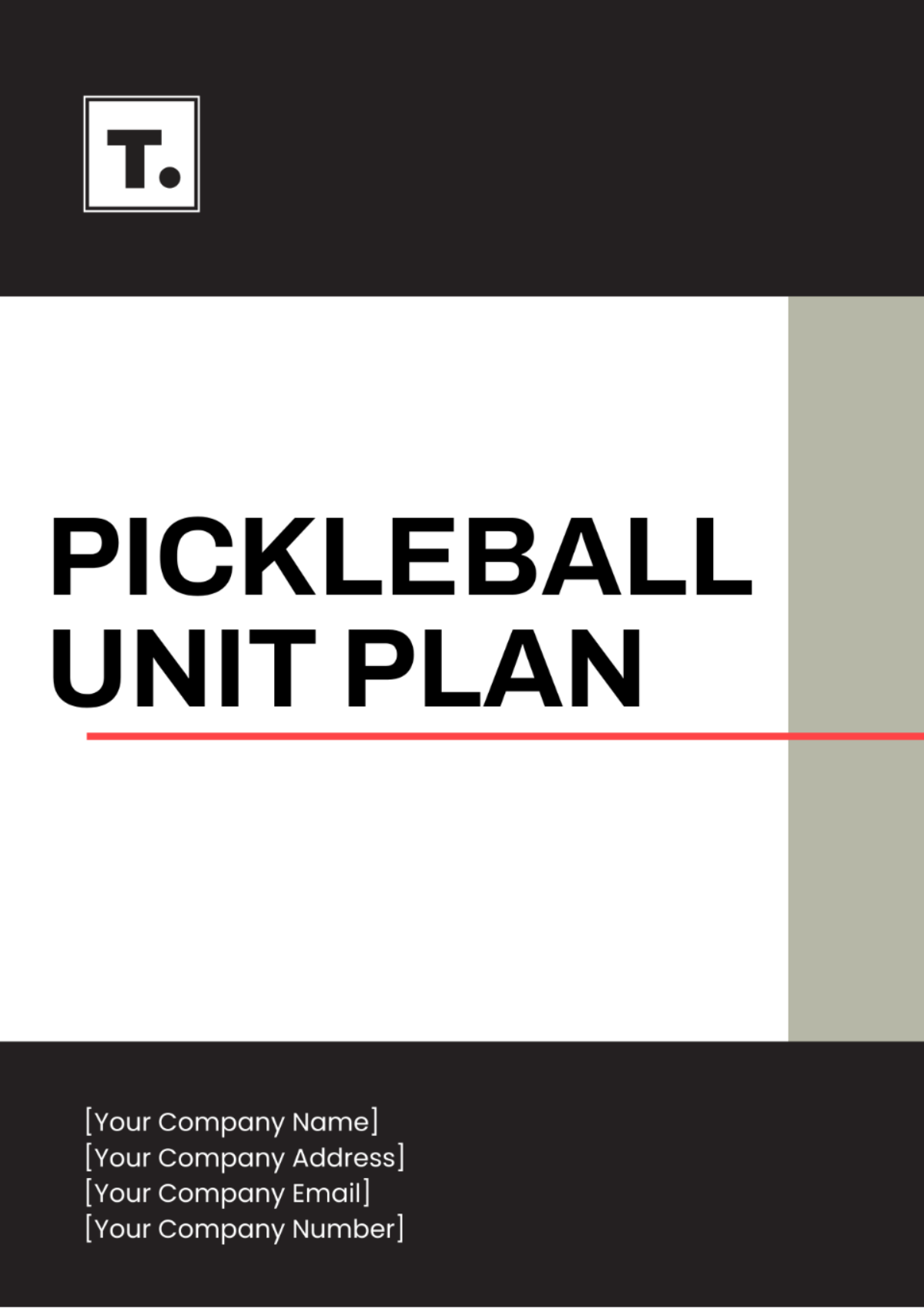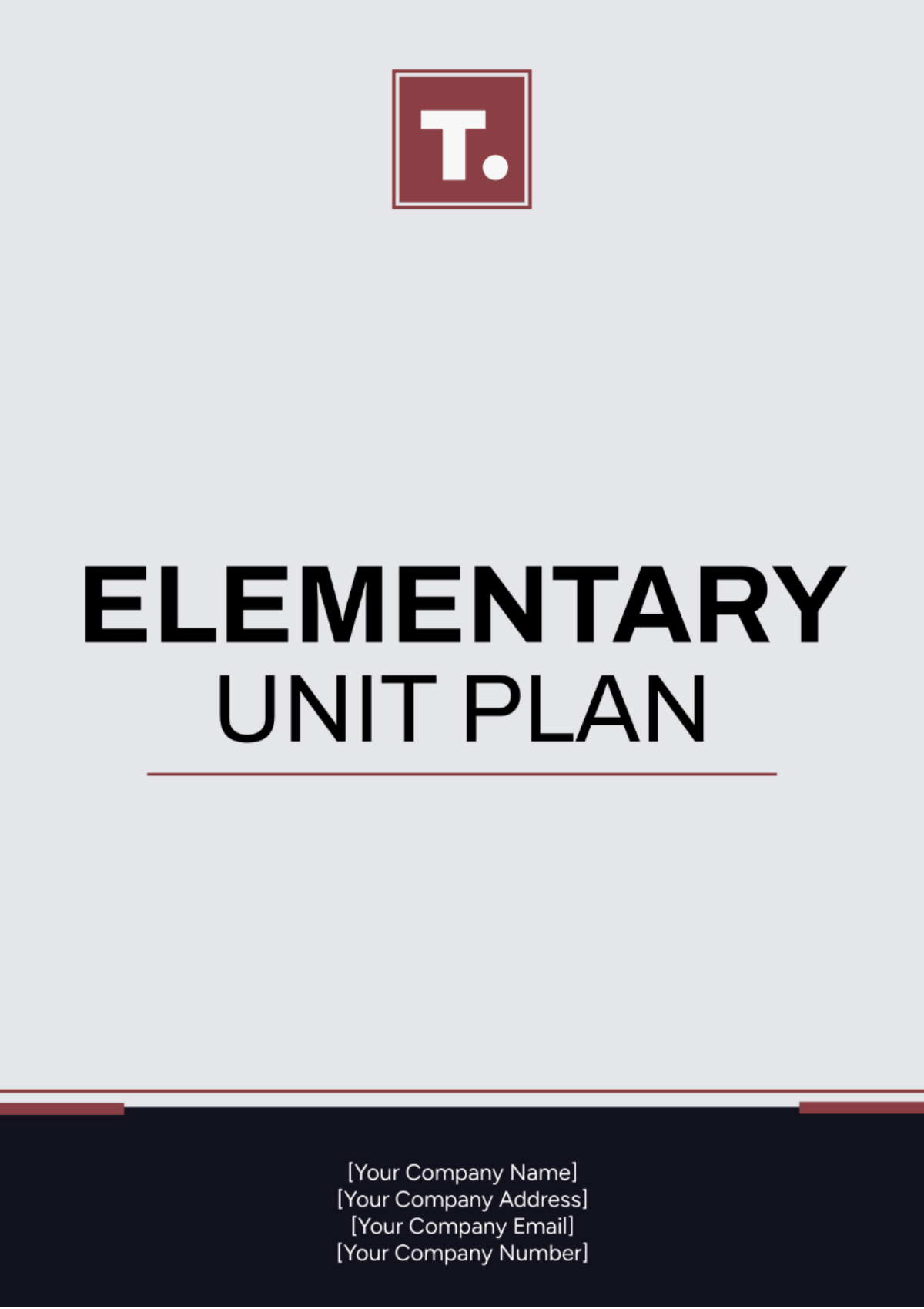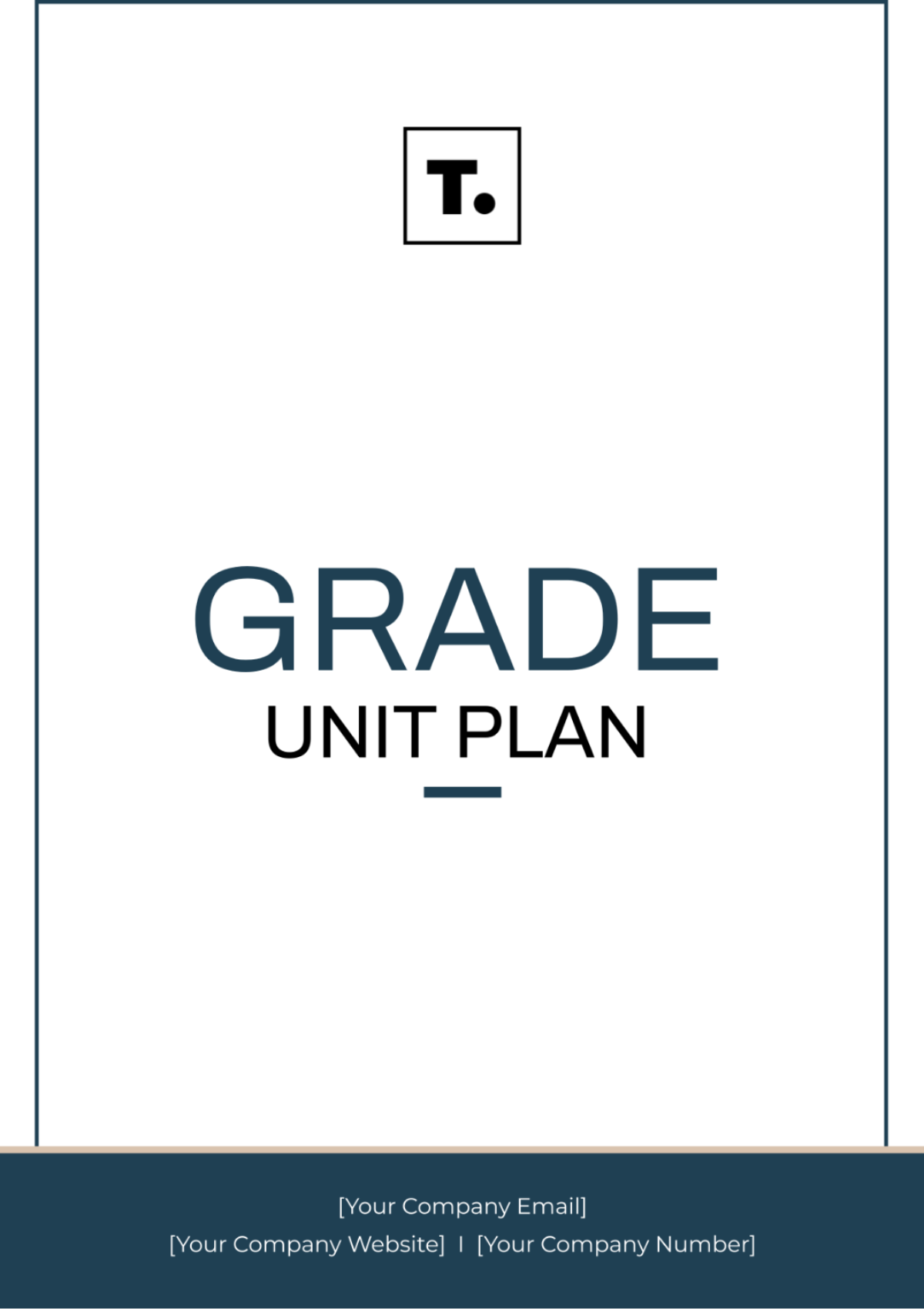Badminton Unit Plan
Professor: | [PROFESSOR NAME] |
Student's Name: | [YOUR NAME] |
Date of Submission: | [DATE] |
I. Introduction
A. Overview of the Unit
As a sports coach, my goal is to introduce our athletes to the sport of badminton, focusing on developing fundamental skills, understanding the rules, and learning effective strategies. This unit will run for 2 weeks, with 3 sessions per week, providing a comprehensive approach to mastering the game.
B. Objectives and Goals
Equip athletes with basic badminton skills such as serving, forehand and backhand shots, and proper footwork.
Ensure athletes understand and can apply the rules and scoring of badminton.
Enhance overall physical fitness, coordination, and agility.
Promote teamwork, sportsmanship, and a positive attitude towards training and competition.
C. Standards Alignment
This unit plan aligns with national physical education standards, meeting the following criteria:
Standard | Description |
|---|---|
Standard 1 | Demonstrates competency in a variety of motor skills and movement patterns. |
Standard 2 | Applies knowledge of concepts, principles, strategies, and tactics related to movement and performance. |
Standard 3 | Demonstrates the knowledge and skills to achieve and maintain a health-enhancing level of physical activity and fitness. |
II. Lesson Plans
A. Week 1 - Week 4
Week | Lesson | Objectives | Activities |
|---|---|---|---|
Week 1 | Lesson 1: Basic Rules and Equipment | Introduce basic badminton rules and essential equipment: rackets, shuttles, and nets. | Watch a short video on the history of badminton. |
Lesson 2: Grip and Stance | Instruct on proper grip for control and power, and teach basic stance and movement for agility and readiness. | Partner drills to practice grip and stance. | |
Week 2 | Lesson 3: Serving Techniques | Practice forehand and backhand serve. Drills: Target-based serving drills to improve accuracy. | Partner serve-return drills for game-like scenarios and quick reactions. |
Lesson 4: Forehand and Backhand Shots | Concentrate on basic forehand and backhand for accuracy and power; use shuttle control drills to improve precision. | Practice forehand and backhand techniques without shuttlecocks. |
B. Skill Development Exercises
Serving Drills:
Repetitive Practice of Forehand and Backhand Serves: Athletes will engage in continuous repetitions of forehand and backhand serves to reinforce muscle memory and develop consistency in their serving technique.
Target-Based Serving Drills to Improve Accuracy: Athletes will aim their serves at specific targets on the court, such as marked areas or cones, to enhance their accuracy and placement, thereby simulating real-game scenarios and improving strategic serving skills.
Shot Drills:
Repetitive Practice of Forehand and Backhand Shots: Athletes will repeatedly execute forehand and backhand shots to ingrain proper form and technique, allowing for smoother and more effective shot execution during gameplay.
Shuttle Control Drills to Enhance Precision: Athletes will focus on controlling the shuttlecock's trajectory and placement through various drills designed to refine their touch and finesse, ultimately improving their ability to place shots precisely and exploit opponents' weaknesses on the court.
C. Practice Drills
Footwork Patterns: Athletes engage in drills focusing on lateral and directional movements to enhance agility, accompanied by shuttle run exercises to boost speed and reaction time.
Game-Based Drills: Athletes participate in mini-games tailored to specific skills, fostering teamwork through cooperative drills. Additionally, the King of the Court drill is introduced to promote competitive play and the application of acquired skills.
D. Games and Scrimmages
Modified Games: Athletes participate in shortened court games and timed matches aimed at building endurance. Additionally, 2-on-2 mini-tournaments are conducted to reinforce teamwork skills in a competitive setting.
Full Matches: Athletes engage in regular match play adhering to official rules to replicate competitive environments. The end-of-unit tournament serves as a platform for athletes to showcase their skills and demonstrate improvement throughout the unit.
IV. Assessment
A. Methods for Evaluating Athlete Progress
Formative assessments: Involve ongoing observation and feedback during drills and practices, supplemented by weekly progress check-ins to identify strengths and areas for improvement.
Summative assessments: Consist of end-of-unit skill tests and written quizzes on rules and strategies, complemented by practical exams evaluating serving, shot accuracy, and footwork proficiency.
B. Rubrics and Criteria for Performance
Skill Proficiency Rubric
Rating | Description |
|---|---|
1 (Needs Improvement) | Inconsistent or inaccurate serves with frequent faults. |
2 (Developing) | Serves demonstrate basic technique but lack consistency and precision. |
3 (Competent) | Serves consistently reach the intended target area with moderate accuracy. |
4 (Proficient) | Serves are accurate and consistent, with good placement and control. |
5 (Excellent) | Serves to demonstrate exceptional accuracy, consistency, and variation, effectively exploiting opponent weaknesses. |
Criteria For Serving
Rating | Description |
|---|---|
1 (Needs Improvement) | Shots frequently miss the intended target with poor control. |
2 (Developing) | Shots demonstrate basic technique but lack consistency and precision. |
3 (Competent) | Shots consistently hit the intended target area with moderate accuracy. |
4 (Proficient) | Shots are accurate and consistent, with good placement and control. |
5 (Excellent) | Shots demonstrate exceptional accuracy, consistency, and variation, effectively placing the shuttlecock in difficult-to-return areas. |
Criteria For Shot Accuracy
Rating | Description |
|---|---|
1 (Needs Improvement) | Limited movement with poor positioning and slow reaction time. |
2 (Developing) | Basic footwork was demonstrated but lacks agility and responsiveness. |
3 (Competent) | Adequate footwork with decent agility and timely adjustments. |
4 (Proficient) | Smooth and efficient footwork, allowing for quick and precise movement across the court. |
5 (Excellent) | Exceptional footwork with agile movement, enabling rapid court coverage and strategic positioning. |
Criteria For Footwork
Sportsmanship and Participation
Cooperation: Athletes actively collaborate with teammates, communicate effectively, and contribute to group strategies during drills and games.
Positive Attitude: Athletes demonstrate enthusiasm, resilience, and a constructive mindset, even in challenging situations.
Consistent Effort: Athletes consistently exert effort, remain focused, and strive to improve throughout the unit, displaying dedication to personal and team goals.
V. Safety Considerations
A. Guidelines for Ensuring Athlete Safety
Implement warm-up and cool-down routines to prevent injuries.
Ensure constant supervision during drills and matches to address any safety concerns promptly.
Emphasize safe equipment usage to mitigate the risk of accidents.
B. Injury Prevention Measures
Teach proper techniques to minimize the risk of injuries.
Immediate response protocols for any injuries during practice or matches.
Activity: Educate athletes on the importance of hydration and proper nutrition.
VI. Resources and Materials
A. Equipment Needed
Badminton rackets: One per athlete for gameplay.
Shuttlecocks: Adequate supply for drills and matches.
Nets and posts: Set up to regulation standards for gameplay.
B. Instructional Materials
Demonstration videos: Accessible online or pre-recorded to illustrate techniques effectively.
Handouts: Distributed at the start of the unit, outlining rules and strategic concepts.
Court diagrams: Posted in the training area to aid in understanding court layout and movement patterns.
VII. Reflection and Evaluation
A. Feedback Mechanisms for Athletes and Coach
Regular feedback sessions to discuss progress and areas for improvement.
Peer assessments to encourage collaborative learning.
Activity: Post-practice reflection sessions where athletes can share their thoughts and experiences.
B. Reflection Activities for Continuous Improvement
Reflective journaling by athletes to self-assess performance.
Coach’s self-assessment and adjustment of plans based on athlete progress and feedback.
Activity: End-of-unit survey to gather athlete feedback on the unit's effectiveness.
VIII. Conclusion
By the end of this unit, athletes will have a solid foundation in badminton skills and knowledge. They will be equipped to play competitively and understand the value of teamwork and sportsmanship. Through structured lessons, activities, and assessments, athletes will develop their abilities and gain an appreciation for the sport.
